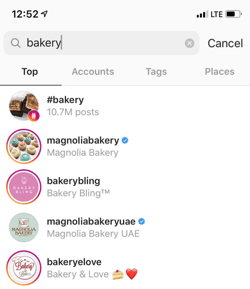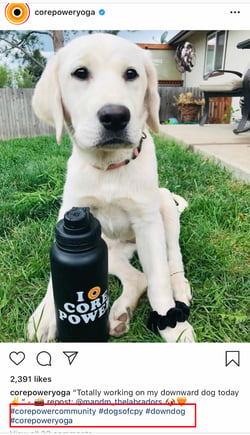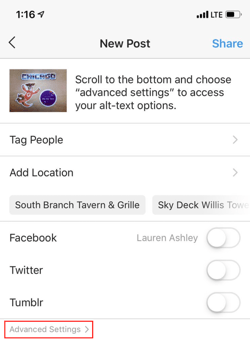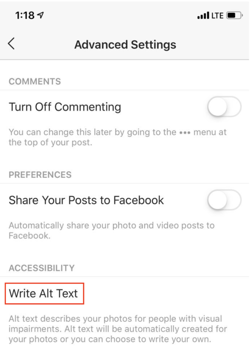Think about the brands you purchase from over and over. Why do you choose to buy products and or services from them even when cheaper options exist?
Well, there’s a good reason for it — because of their values which are expressed in their mission statement. As consumers, we like to patronize businesses that have values we believe in.
Still, Loyalty doesn’t happen overnight. Building brand loyalty, like creating mission and vision statements, takes time. If you’re in a bit of a time crunch, use this table of contents to find precisely what you’re looking for to inspire the development of your company’s mission:
This brief description helps customers, employees, and leadership understand the organization’s top priorities.
As a company grows, it may reach its early goals, and they’ll change. So, it’s important to revise mission statements as needed to reflect the business’s new culture as it achieves its goals and develops new targets.
What makes a good mission statement?
The best brands combine physical, emotional, and logical elements into one exceptional customer (and employee) experience that you value as much as they do. A good mission statement will not only explain your brand’s purpose, but will also foster a connection with customers.
When your brand creates a genuine connection with customers and employees, they’ll stay loyal to your company, thereby increasing your overall profitability.
Mission statements also help you stand out in the marketplace, differentiating your brand from the competition.
What are the 3 parts of a mission statement?
Your mission statement should clearly express what your brand does, how it does it, and why the brand does it. You can quickly sum this up in your mission statement by providing the following:
- Brand Purpose: What does your product or service do, or aim to offer and for whom?
- Brand Values: What does your company stand for? For example, are you environmentally conscious and provide a more sustainable solution to solve a problem? Values are what make your company unique.
- Brand Goals: What does your company accomplish for customers? Why should they purchase from you instead of other competitors?
With these three components, you can create a mission that is unique to your brand and resonates with potential customers. Next, we’ll guide you step by step on how to write a proper mission statement to build on as your company evolves.
1. Explain your company’s product or service offering.
You want prospects to understand what your company does in a literal sense. This means explaining your offering in basic, clear terms. Your explanation should answer the most basic questions like:
- Are you selling a product or service?
- Why would customers buy it?
- How does your offering solve for the customer?
Record your answers and focus on how your product or service brings value to your buyer personas, otherwise known as your target audience.
2. Identify the company’s core values.
Now, this is where you can start thinking bigger. You didn’t just make a product or service at random. Instead, you’re most likely motivated by a set of core values.
Core values are deeply ingrained principles that guide a company’s actions. Take HubSpot’s culture code, HEART, for example:
- Humble
- Empathetic
- Adaptable
- Remarkable
- Transparent
These are principles that not only company employees respect, but are principles that our customers appreciate as well. By identifying core values that hold meaning on personal and organizational levels, you’ll have an appealing set to add to your mission statement.
3. Connect how your company’s offering aligns with your values.
So how can your company offering serve your core values? You need to draw a connection between the two in a way that makes sense to the public.
For example, if one of your core values centers on innovation, you want to frame your product or service as pushing boundaries and explaining how it helps customers innovate their lives or business practices. Essentially, you’re taking the literal benefit of the offering and expanding it to serve a higher purpose.
4. Condense these statements into one.
A mission statement can be as short as a single sentence, or as long as a paragraph, but it’s meant to be a short summary of your company’s purpose. You need to state the what, who, and why of your company:
- What: The company offering
- Who: Who you’re selling to
- Why: The core values you do it for
Once you have successfully conveyed your message, it’s time to refine and perfect your statement.
5. Make sure it’s clear, concise, and free of fluff.
Above all, your mission statement is a marketing asset that is meant to be clear, concise, and free of fluff. It should clearly outline the purpose of your company offering and show the common goals the company is working to achieve. You should also have other team members or advisors read the mission statement and make adjustments if needed according to their recommendations.
What makes a good vision statement?
A good vision statement should be bold and ambitious. They’re meant to be inspirational, big-picture declarations of what your company strives to be in the future. They give customers a peek into your company’s trajectory and build customer loyalty by allowing them to align their support with your vision because they believe in the future of your brand as well.
What are the 3 parts of a vision statement?
Your company vision is meant to be inspirational while also aligning with the company’s mission. A vision statement should have the following characteristics:
- Aspirational and Ambitious: Have a lofty outlook for what you want your business to accomplish? Here’s the place to put it. Your vision statement should be aspirational and showcase how your business will grow in the future.
- Practical and Achievable: While your statement should be ambitious, it shouldn’t be impossible. Set a goal that is both challenging and practical.
- General: Your vision should be broad enough to encompass all of your brand’s overall goals. Think of it as umbrella for your mission statement and company objectives to nest under.
Both mission and vision statements are often combined into one comprehensive “mission statement” to define the organization’s reason for existing and its outlook for internal and external audiences — like employees, partners, board members, consumers, and shareholders.
The difference between mission and vision statements lies in the purpose they serve.
A mission statement is a literal quote stating what a brand or company is setting out to do. This lets the public know the product and service it offers, who it makes it for, and why it’s doing it. A vision statement is a brand looking toward the future and saying what it hopes to achieve through its mission statement. This is more conceptual, as it’s a glimpse into what the brand can become in the eyes of the consumer and the value it will bring in longevity.
In summary, the main differences between a mission statement and a vision statement are:
- Mission statements describe the current purpose a company serves. The company’s function, target audience, and key offerings are elements that are often mentioned in a mission statement.
- Vision statements are a look into a company’s future or what its overarching vision is. The same elements from the mission statement can be included in a vision statement, but they’ll be described in the future tense.
Now that we know what they are, let’s dive into some useful examples of each across different industries.
Mission and Vision Statement Template
Free Guide: 100 Mission Statement Templates & Examples
Need more examples to build your mission statement? Download our free overview of mission statements – complete with 100 templates and examples to help you develop a stand-out mission statement.
Create a mission statement with these useful templates, like this example below:
1. Life Is Good: To spread the power of optimism.

The Life is Good brand is about more than spreading optimism — although, with uplifting T-shirt slogans like “Seas The Day” and “Forecast: Mostly Sunny,” it’s hard not to crack a smile.
There are tons of T-shirt companies in the world, but Life is Good’s mission sets itself apart with a mission statement that goes beyond fun clothing: to spread the power of optimism.
This mission is perhaps a little unexpected if you’re not familiar with the company’s public charity: How will a T-shirt company help spread optimism? Life is Good answers that question below the fold, where the mission is explained in more detail using a video and with links to the company’s community and the Life is Good Playmaker Project page. We really like how lofty yet specific this mission statement is — it’s a hard-to-balance combination.
2. sweetgreen: Building healthier communities by connecting people to real food.

Notice that sweetgreen’s mission is positioned to align with your values — not just written as something the brand believes. We love the inclusive language used in its statement.
The language lets us know the company is all about connecting its growing network of farmers growing healthy, local ingredients with us — the customer — because we’re the ones who want more locally grown, healthy food options.
The mission to connect people is what makes this statement so strong. And, that promise has gone beyond sweetgreen’s website and walls of its food shops: The team has made strides in the communities where it’s opened stores as well. Primarily, it offers education to young kids on healthy eating, fitness, sustainability, and where food comes from.
3. Patagonia: Build the best product, Cause no unnecessary harm, Use business to protect nature, Not bound by convention.

Patagonia’s mission statement spotlights the company’s commitment to help the environment and save the earth. The people behind the brand believe that among the most direct ways to limit ecological impacts is with goods that last for generations or can be recycled so the materials in them stay in use.
In the name of this cause, the company donates time, services, and at least 1% of its sales to hundreds of environmental groups worldwide.
If your company has a similar focus on growing your business and giving back, think about talking about both the benefit you bring to customers and the value you want to bring to a greater cause in your mission statement.
4. American Express: Become essential to our customers by providing differentiated products and services to help them achieve their aspirations.

Customers will never love a company until the employees love it first.
The tweet above is from Simon Sinek, and it’s one that we repeat here at HubSpot all the time. American Express sets itself apart from other credit card companies in its list of values, with an ode to excellent customer service, which is something it’s famous for.
We especially love the emphasis on teamwork and supporting employees so that the people inside the organization can be in the best position to support their customers.
5. Warby Parker: To inspire and impact the world with vision, purpose, and style.

In one sentence, the brand takes us to the root of why it was founded while also revealing its vision for a better future.
The longer-form version of the mission reads: “We’re constantly asking ourselves how we can do more and make a greater impact—and that starts by reimagining everything that a company and industry can be. We want to demonstrate that a business can scale, be profitable, and do good in the world—without charging a premium for it. And we’ve learned that it takes creativity, empathy, and innovation to achieve that goal.” This further shows how Warby Parker doesn’t hold back on letting its unique personality shine through. Here, the mission statement’s success all comes down to spot-on word choice.
6.InvisionApp: Transform the way people work together by helping them collaborate better. Faster. On everything. From anywhere.

We love the way this statement is emphasized by bringing it back to InVision’s customers — top brands like Google, Zillow, and Slack — and linking to those stories. This mission statement is brief, authentic, and business babble-free — which makes the folks at InvisionApp seem trustworthy and genuine.
7. Honest Tea: To create and promote great-tasting, healthy, organic beverages.

Honest Tea’s mission statement begins with a simple punch line connoting its tea is real, pure, and therefore not full of artificial chemicals. The brand is speaking to an audience that’s tired of finding ingredients in its tea that can’t be pronounced and has been searching for a tea that’s exactly what it says it is.
Not only does Honest Tea have a punny name, but it also centers its mission around the name. For some time, the company even published a Mission Report each year in an effort to be “transparent about our business practices and live up to our mission to seek to create and promote great-tasting, healthier, organic beverages.”
8. IKEA: To offer a wide range of well-designed, functional home furnishing products at prices so low that as many people as possible will be able to afford them
The folks at IKEA dream big. The vision-based mission statement could have been one of beautiful, affordable furniture, but instead, it’s to make everyday life better for its customers. It’s a partnership: IKEA finds deals all over the world and buys in bulk, then we choose the furniture and pick it up at a self-service warehouse.
“Our business idea supports this vision … so [that] as many people as possible will be able to afford them,” the brand states.
Using words like “as many people as possible” makes a huge company like IKEA much more accessible and appealing to customers.
9. Nordstrom: Offering customers the very best service, selection, quality, and value.

When it comes to customer commitment, few companies are as hyper-focused as Nordstrom is. Although clothing selection, quality, and value all have a place in the company’s mission statement, it’s clear that it’s all about the customer: “Nordstrom works relentlessly to give customers the most compelling shopping experience possible.”
If you’ve ever shopped at a Nordstrom, you’ll know the brand will uphold the high standard for customer service mentioned in its mission statement, as associates are always roaming the sales floors, asking customers whether they’ve been helped, and doing everything they can to make the shopping experience a memorable one.
10. Cradles to Crayons: Provides children from birth through age 12, living in homeless or low-income situations, with the essential items they need to thrive – at home, at school, and at play.

Cradles to Crayons divided its mission and model into three sections that read like a game plan: The Need, The Mission, and The Model. The “rule of three” is a powerful rhetorical device called a tricolon that’s usually used in speechwriting to help make an idea more memorable. A tricolon is a series of three parallel elements of roughly the same length — think “I came; I saw; I conquered.”
11. Universal Health Services, Inc.: To provide superior quality healthcare services that: PATIENTS recommend to family and friends, PHYSICIANS prefer for their patients, PURCHASERS select for their clients, EMPLOYEES are proud of, and INVESTORS seek for long-term returns.

A company thrives when it pleases its customers, its employees, its partners, and its investors — and Universal Health Services endeavors to do just that, according to its mission statement. As a healthcare service, it specifically strives to please its patients, physicians, purchasers, employees, and investors. We love the emphasis on each facet of the organization by capitalizing the font and making it red for easy skimming.
12. JetBlue: To inspire humanity – both in the air and on the ground.

JetBlue’s committed to its founding mission through lovable marketing, charitable partnerships, and influential programs — and we love the approachable language used to describe these endeavors. For example, the brand writes how it “set out in 2000 to bring humanity back to the skies.”
For those of us who want to learn more about any of its specific efforts, JetBlue offers details on the Soar With Reading program, its partnership with KaBOOM!, the JetBlue Foundation, environmental and social reporting, and so on. It breaks down all these initiatives really well with big headers, bullet points, pictures, and links to other web pages visitors can click to learn more. JetBlue also encourages visitors to volunteer or donate their TrueBlue points.
13. Workday: Our core values guide everything we do — Employees, Customer Service, Innovation, Integrity, Fun, Profitability.

Workday, a human resources (HR) task automation service, doesn’t use its mission statement to highlight the features of its product or how it intends to help HR professionals improve in such-and-such a way.
Instead, the business takes a stance on values. There’s a lot of great tech out there. But at Workday, it revolves around the people. We love how confident yet kind this mission statement is. It observes the state of its industry — which Workday believes lacks a human touch — and builds company values around it.
14. Lowe’s: Together, deliver the right home improvement products, with the best service and value, across every channel and community we serve.
Sometimes the best way to communicate is direct. Lowe’s mission statement hones in on the who, how, what, and why behind this powerful home improvement brand.
It’s also a great lesson in how the words and phrases you choose show your audience the force behind your mission. This mission statement begins with the word “together.” So, no matter what location, products, or channel, the top priority of its mission is that it happens as a team.
That focus on togetherness also creates a foundation for the volunteer, scholarship, and charitable work that this organization does.
15. Tesla: Accelerating the world’s transition to sustainable energy.

A car company’s punny use of the word “accelerating” is just one reason this mission statement sticks out. But Tesla makes this list because of how its mission statement describes the industry.
It may be a car company, but Tesla’s primary interest isn’t just automobiles — it’s promoting sustainable energy. And, sustainable energy still has a “long road” ahead of it (pun intended) — hence the world’s “transition” into this market.
Ultimately, a mission statement that can admit to the industry’s immaturity is exactly what gets customers to root for it — and Tesla does that nicely.
16. Invisible Children: Partners with local peacebuilders across central Africa to end violent conflict through locally-led solutions.

Invisible Children is a non-profit that raises awareness around the violence affecting communities across Central Africa, and the company takes quite a confident tone in its mission.
The most valuable quality of this mission statement is that it has an end goal. Many companies’ visions and missions are intentionally left open-ended so that the business might always be needed by the community. But Invisible Children wants to “end” violent conflict facing African families with local solutions. It’s an admirable mission that all businesses — not just nonprofits — can learn from when motivating customers.
17. TED: Spread ideas, foster community and create impact.

We’ve all seen TED Talks online before. Well, the company happens to have one of the most concise mission statements out there.
TED, which stands for “Technology Education and Design,” has a succinct mission statement that shines through in every Talk you’ve seen the company publish on the internet. That mission statement starts with “Spread ideas.” Sometimes, the best way to get an audience to remember you is to zoom out as far as your business’s vision can go. What do you really care about? TED has recorded some of the most famous presentations globally. Then, it hones in on what great ideas can do — foster community and create impact.
18. Microsoft: To empower every person and every organization on the planet to achieve more.

Microsoft is one of the most well-known technology companies in the world. It makes gadgets for work, play, and creative purposes on a worldwide scale, and its mission statement reflects that. Through its product offering and pricing, it can empower every person and organization.
19. Disney: To entertain, inform and inspire people around the globe through the power of unparalleled storytelling.

Disney’s mission statement goes beyond providing ordinary entertainment. It intends to tell stories and drive creativity that inspires future generations through its work. This is an exceptional mission statement because it goes beyond giving consumers programs to watch, but ones that excite and change the way people see them and the world around them.
20. Meta: Giving people the power to build community and bring the world closer together.

Meta, formerly known as Facebook, is a major social media platform with a concise vision statement. It provides a platform to stay in touch with loved ones and potentially connect to people around the world.
21. Vista Equity Partners: By providing technology expertise, operational guidance and capital for sustainable growth, we empower organizations across all industries to stay ahead in the digital economy.

Some businesses sell a clear and easy-to-understand product or service. But many companies need to combine branding with product education. This means that some mission statements need to not only communicate how a brand does business but also make it easy to see what it’s selling.
Vista Equity Partners is a leading technology brand that supports a wide range of people, technologies, and products. In its mission statement, it clarifies what its company offers and why. It does this using the terms its audience uses most often to describe how it can help.
22. Dunkin’: Everything we do is about you. We strive to keep you at your best, and we remain loyal to you, your tastes and your time. That’s what America runs on.
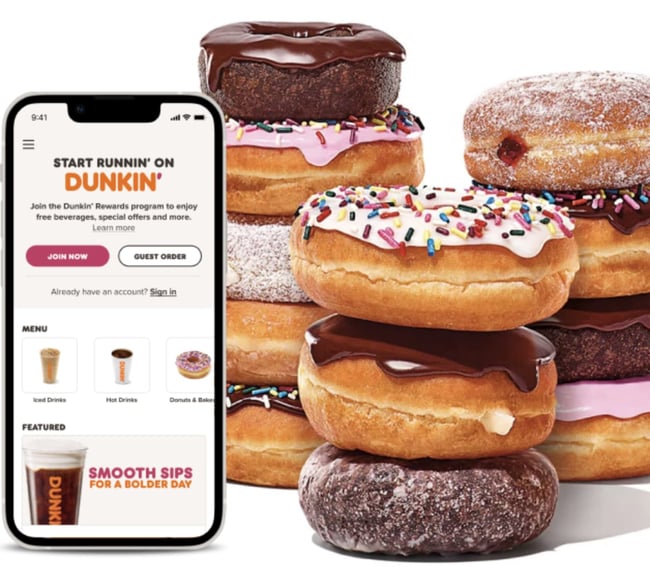
Dunkin’s mission goes beyond remaining a large coffee chain. Rather, the brand wants to be the consummate leader in the coffee and donut industry. It wants to become a place known for fun, food, and recreation.
Now that we’ve gone over successful mission statements, what does a good vision statement look like? Check out some of the following company vision statements — and get inspired to write one for your brand.
1. Alzheimer’s Association: A world without Alzheimer’s and all other dementia.

The Alzheimer’s Association conducts global research and gives quality care and support to people with dementia. This vision statement looks into the future where people won’t have to battle this now incurable disease. With the work that it’s doing in the present, both employees and consumers can see how the organization achieves its vision by helping those in need.
2. Teach for America: One day, all children in this nation will have the opportunity to attain an excellent education.

Teach for America creates a network of leaders to provide equal education opportunities to children in need. This organization’s day-to-day work includes helping marginalized students receive the proper education they otherwise wouldn’t have access to. Its vision statement is what it hopes to see through its efforts — a nation where no child is left behind.
3. Creative Commons: Help others realize the full potential of the internet.
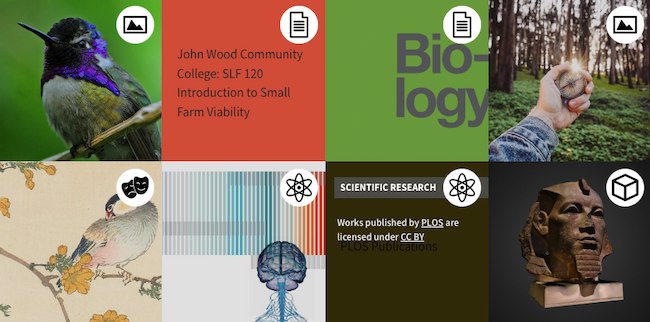
This nonprofit’s vision statement is broad. It helps overcome legal obstacles to share knowledge and creativity around the world. By working closely with major institutions, its vision is an innovative internet that isn’t barred by paywalls.
4. Chipotle: We believe that food has the power to change the world.
Delicious tacos, burritos, and bowls aren’t the only things that Chipotle is passionate about. Many fast food brands differentiate with products. But Chipotle offers a belief instead. This idea fuels practices like using local and organic produce, using responsibly raised meat, and cutting greenhouse emissions. Chipotle’s vision statement makes it clear what inspires and drives the actions of this international brand.
5. Australia Department of Health: Better health and wellbeing for all Australians, now and for future generations.

This government department has a clear vision for its country. Through health policies, programs, and regulations, it has the means to improve the healthcare of Australian citizens.
6. LinkedIn: Create economic opportunity for every member of the global workforce.

LinkedIn is a professional networking service that gives people the opportunity to seek employment. Its vision statement intends to give employees of every level a chance to get the job they need.
7. Purely Elizabeth: We believe that food can heal.
Purely Elizabeth is a food brand selling granola, oatmeal, and cereal products. Its extended vision statement reads: “When you eat better, you feel better. It’s that simple. That’s why we use superfoods with vibrant flavors and rich textures to create delicious foods to help you thrive on your wellness journey.”
Food brands have a lot of competition, and this brand’s broad and inspiring vision offers a chance to connect more deeply with customers. Its podcast, blog, and recipe resources offer useful tools and tips for anyone looking to heal their bodies with their food choices.
8. AllHere: Connecting All Families with the Right Support at the Right Time
Attendance is a big challenge for schools and families, especially with students in middle and high school. AllHere offers AI services like mobile messaging to overcome administrative and communication challenges. This helps students, parents, and teachers get the support they need for student success.
This vision statement emphasizes that this challenge is bigger than individual habits. It’s an empowering vision of an educational system that works for everyone.
9. Southwest: To be the world’s most loved, most efficient, and most profitable airline.

Southwest Airlines is an international airline that strives to serve its flyers with a smile. Its vision statement is unique because it sees itself not just excelling in profit but outstanding customer service, too. Its vision is possible through its strategy and can lead its employees to be at the level they work toward.
10. Supergoop!: Change the way the world thinks about sunscreen.
For a vision statement to excite, but not overwhelm, it should be both broad and specific. Company mission statement examples like the one above from Supergoop! show that it may be tricky, but it’s also possible to balance those two extremes.
This vision says that sunscreen is important AND that sunscreen is more than sunscreen. This simple statement helps the audience think more about what its products are and what they should expect from those products. It’s about education, awareness, and quality. And this vision statement keeps the tone positive, bright, and direct.
Inspire Through Brand Values
Brand values play a much more significant role in customer loyalty than you think. Showing that your business understands its audience — and can appeal to them on an emotional level — could be the decision point for a customer’s next purchase. We hope you found some insight in this post that can help you brainstorm your inspiring vision and mission statements for your business.
Editor’s note: This post was originally published in August 2014 and has been updated for comprehensiveness.
![]()



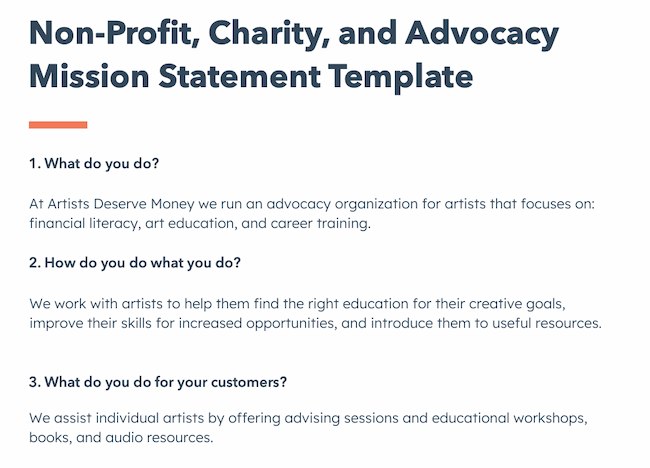

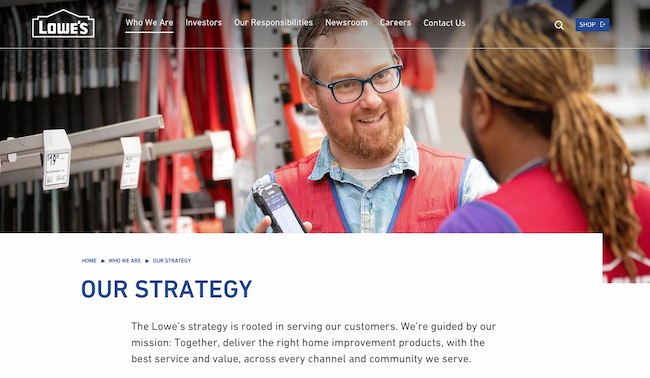

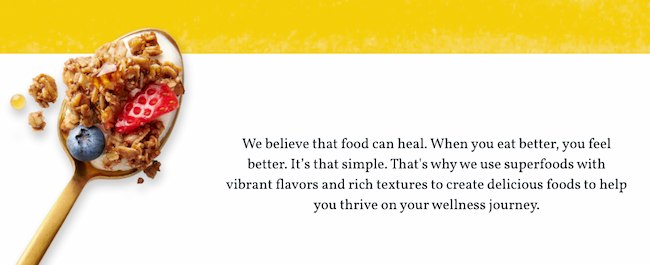

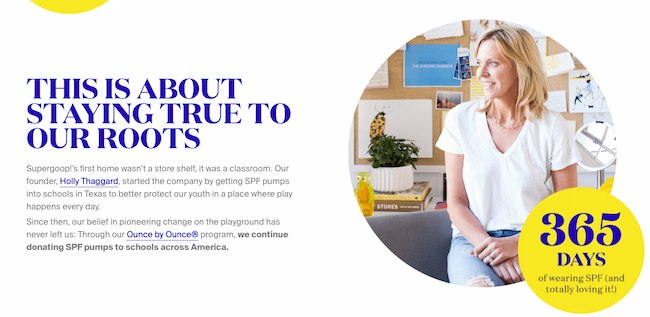

![→ Download Now: Free Product Marketing Kit [Free Templates]](https://i4lead.com/wp-content/uploads/2023/05/08b5e1f4-5d26-405b-b986-29c99bd0cb14.png)
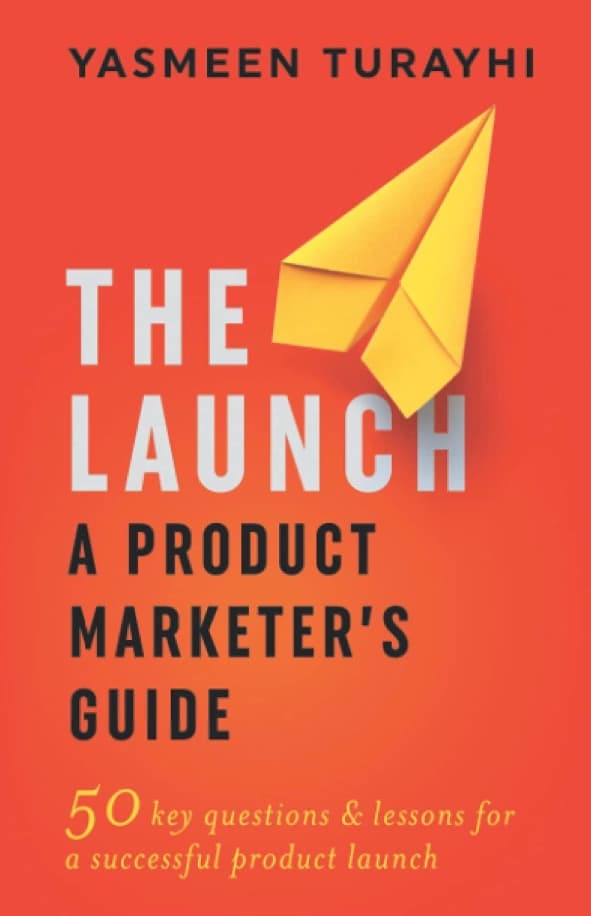
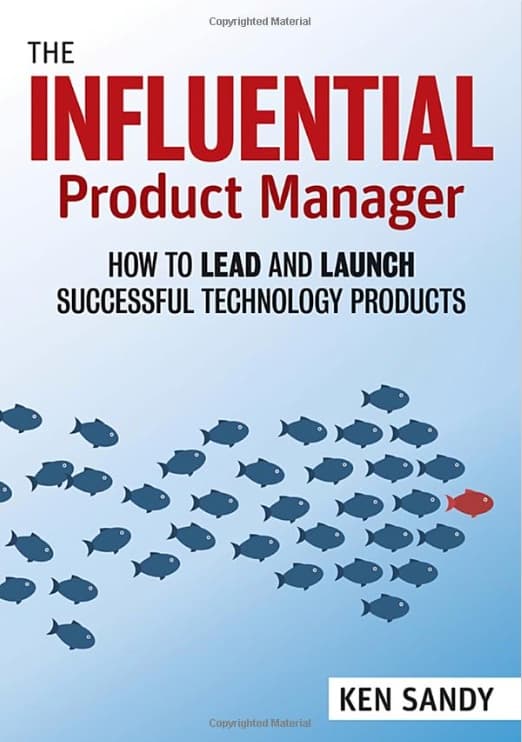
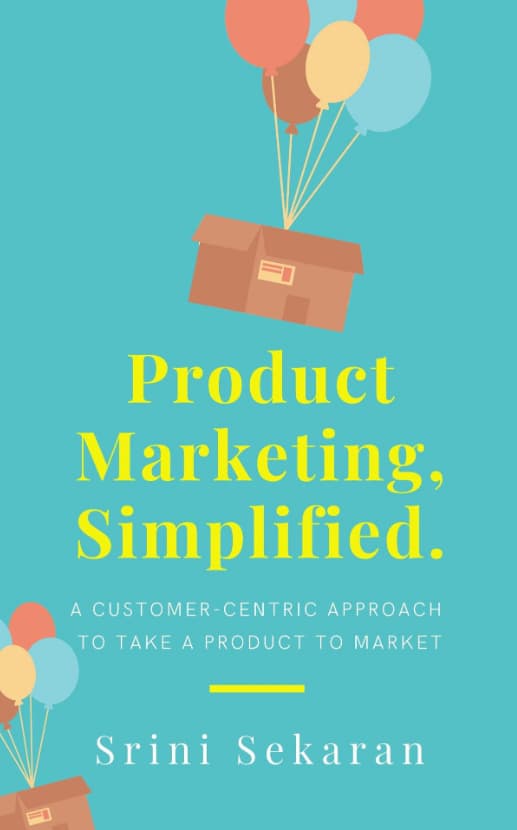
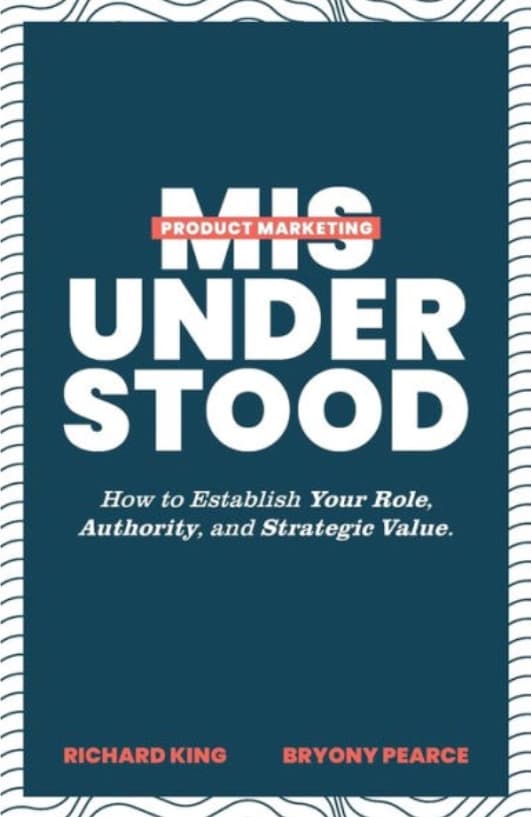
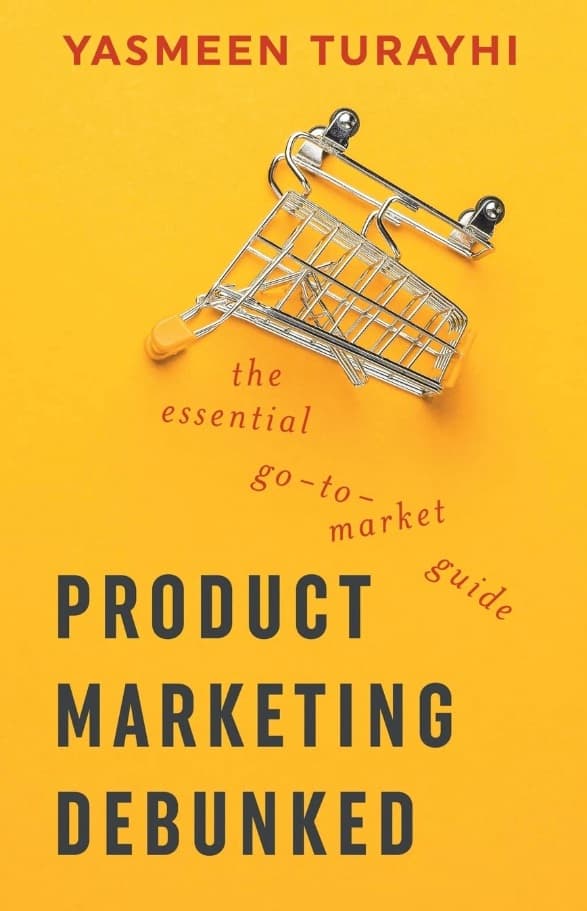
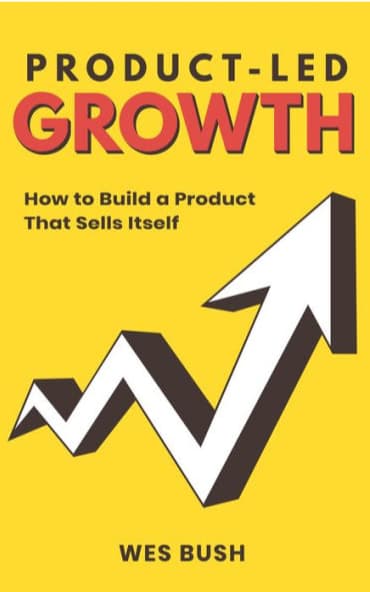

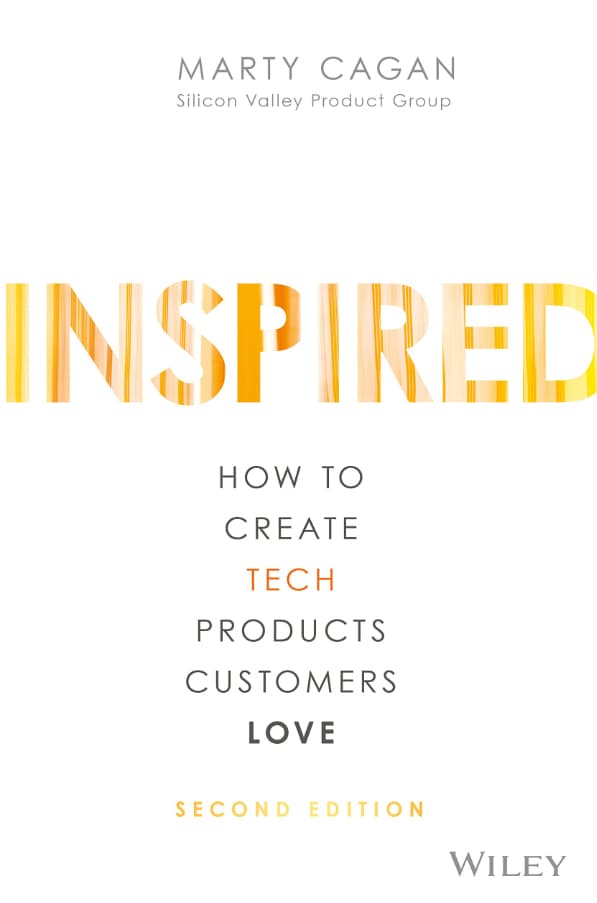
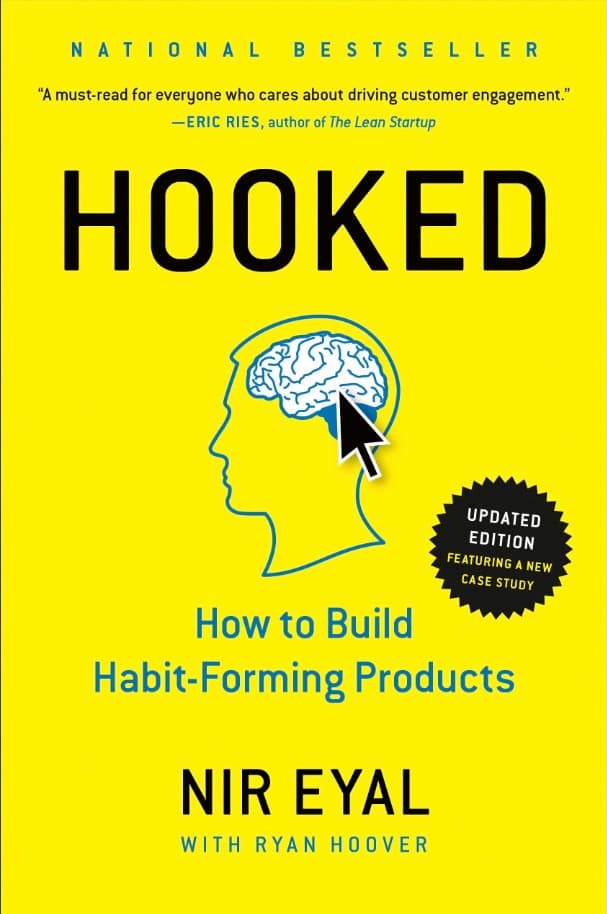
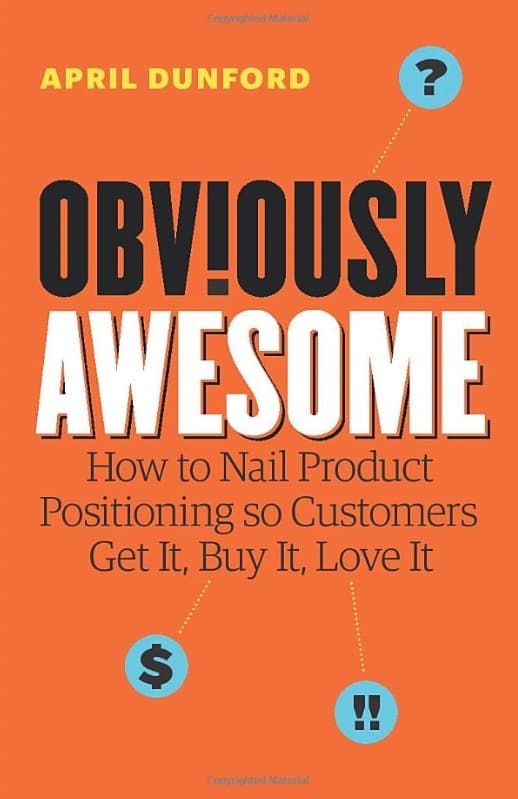
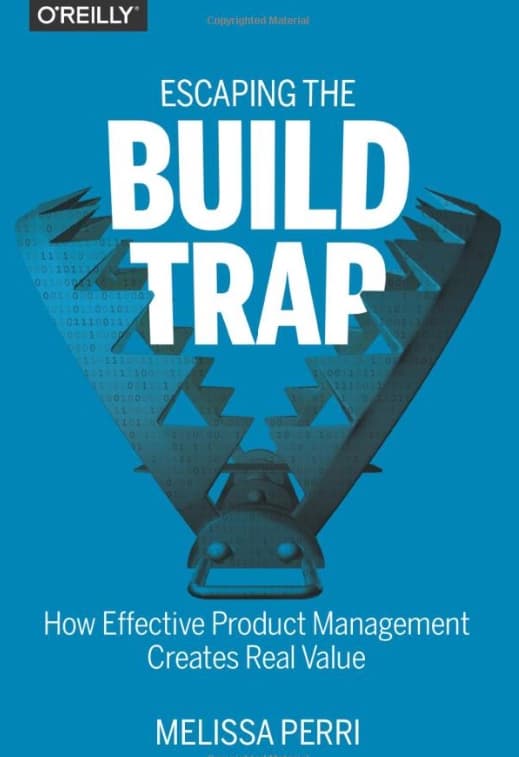

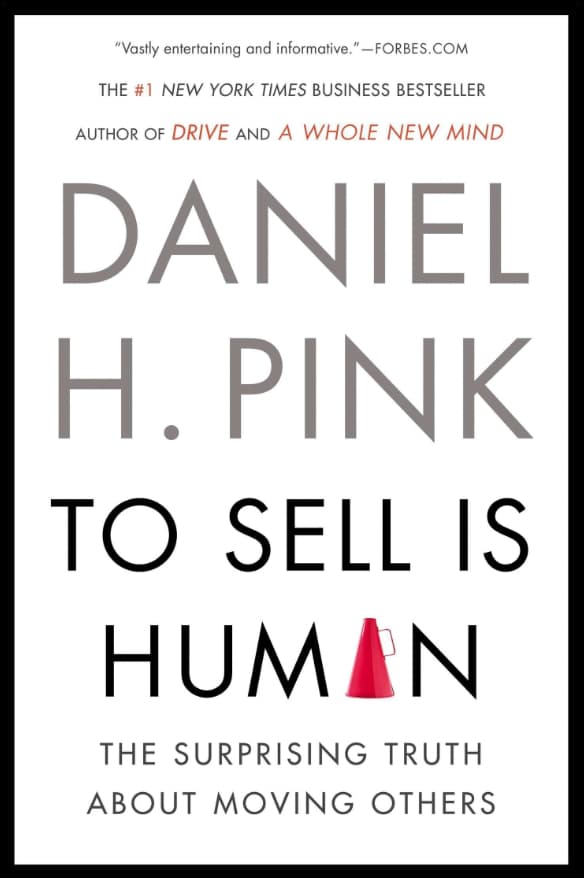
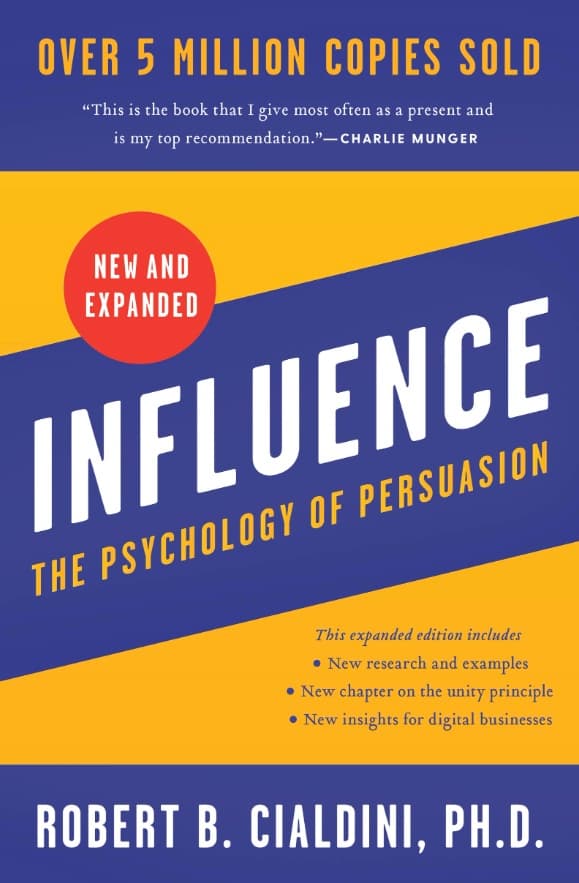
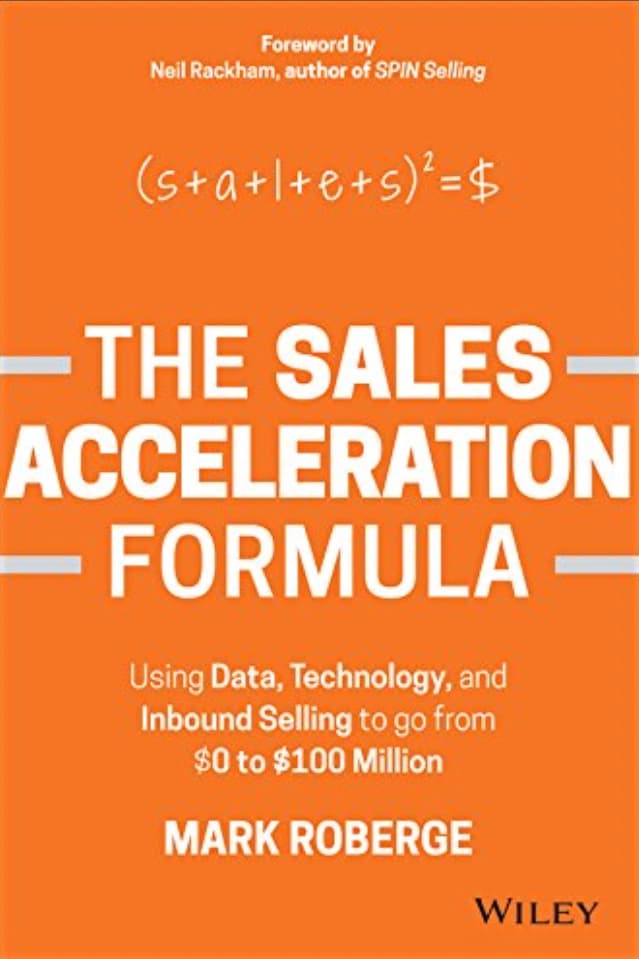
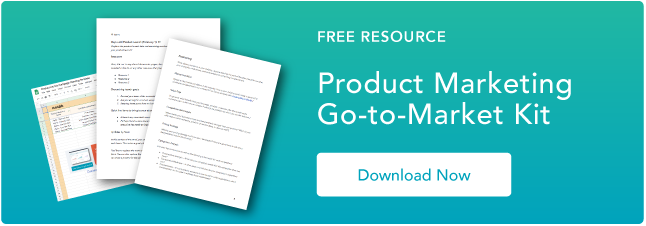
![Download Now: The State of Media & Content Planning in 2022 [Free Data Report]](https://i4lead.com/wp-content/uploads/2023/05/de152c7c-795e-486a-aa66-d6985ffbc1cf.png)
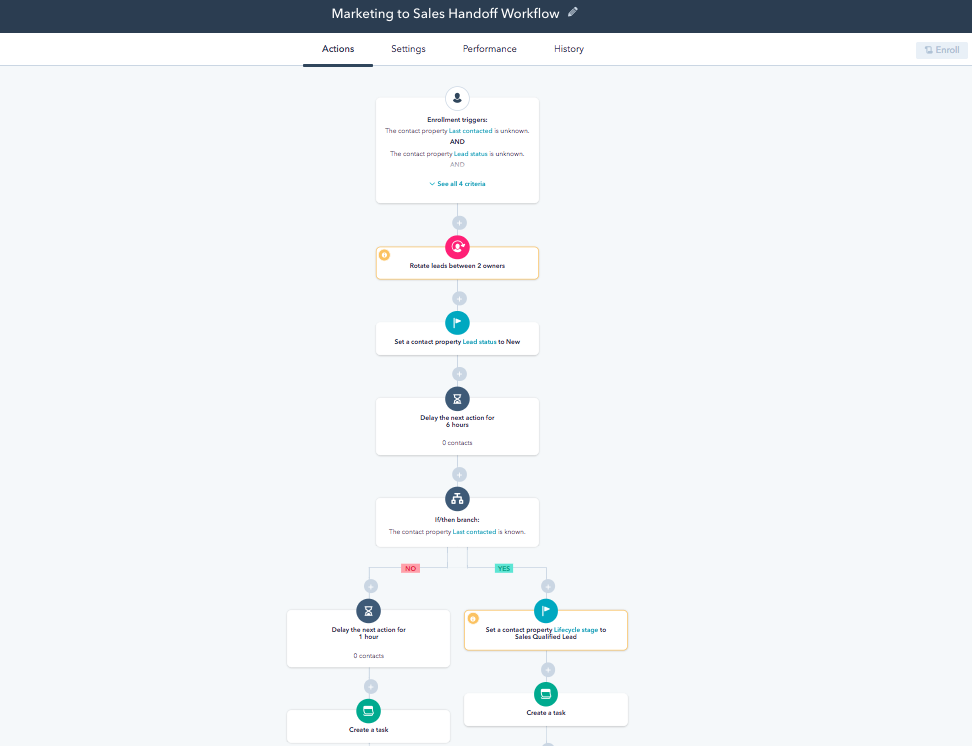




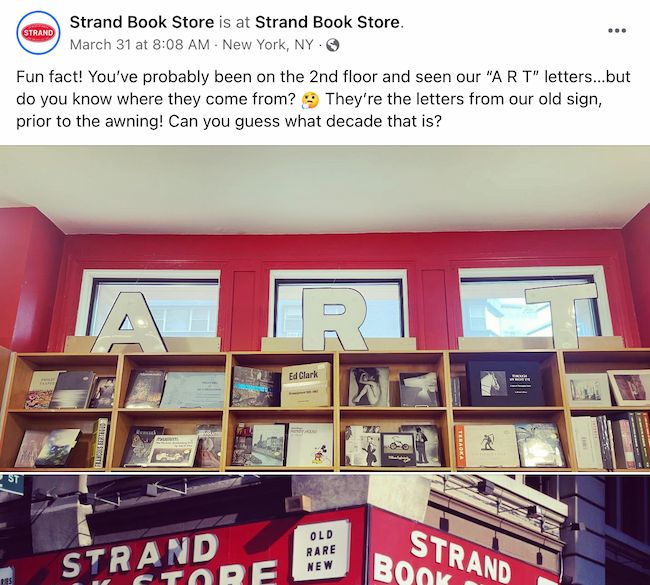
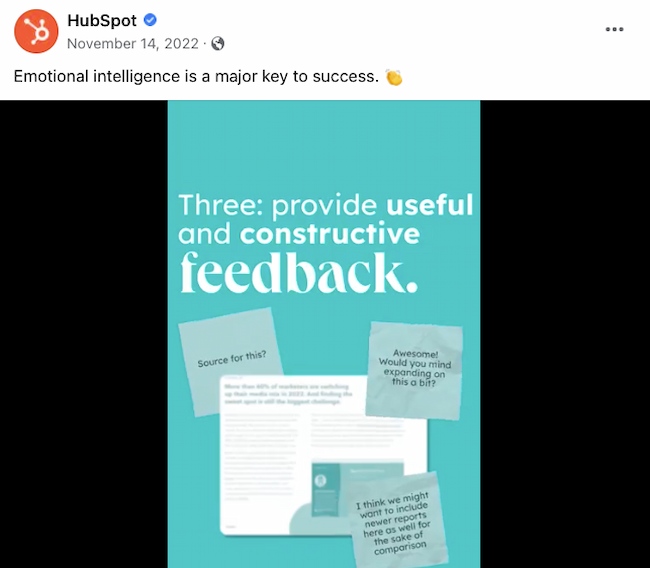




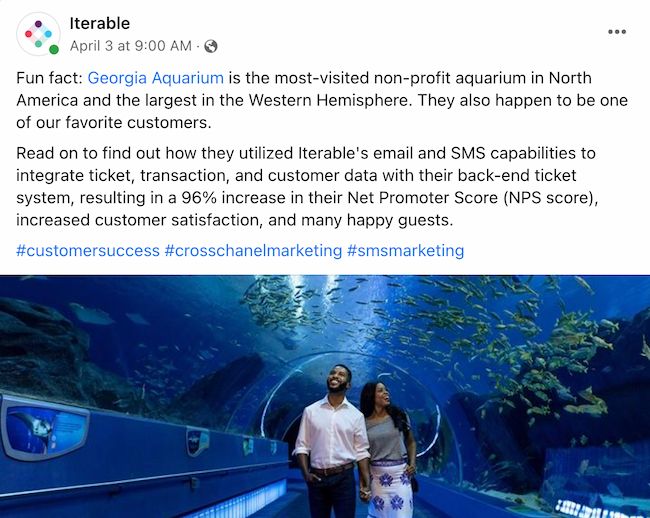

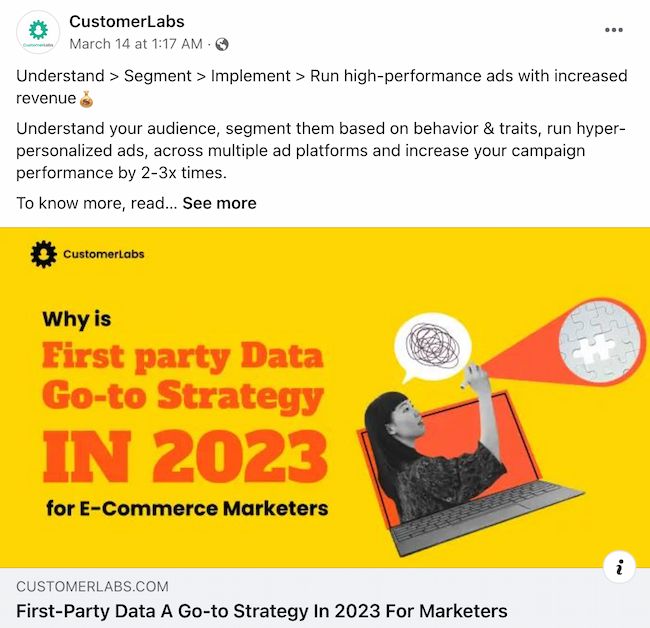
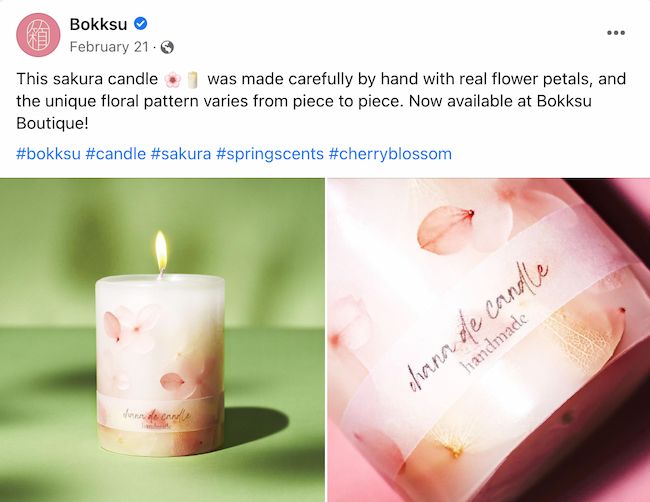


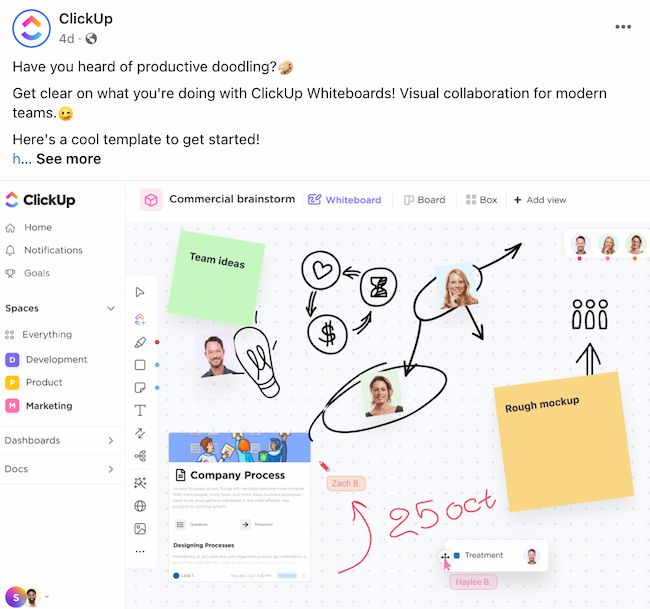
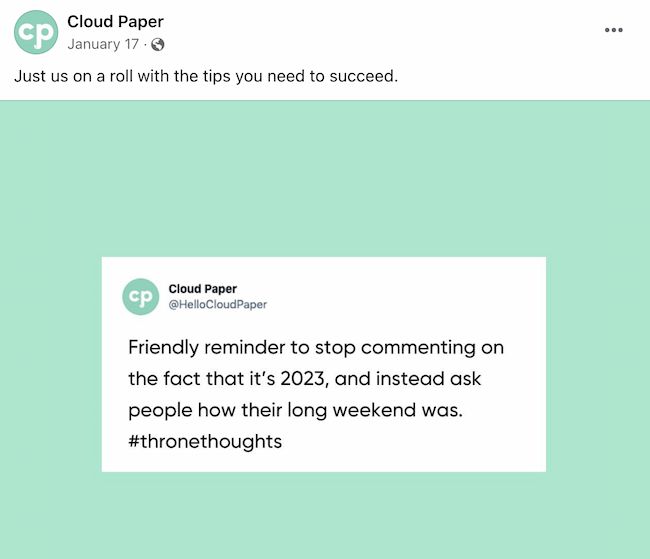

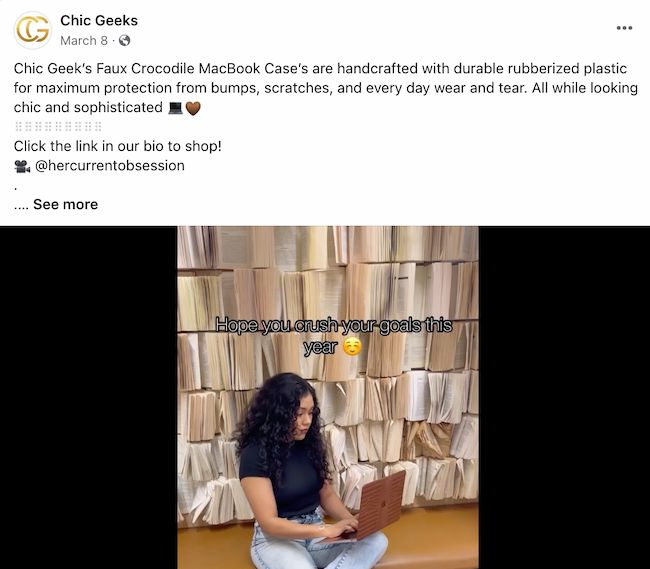



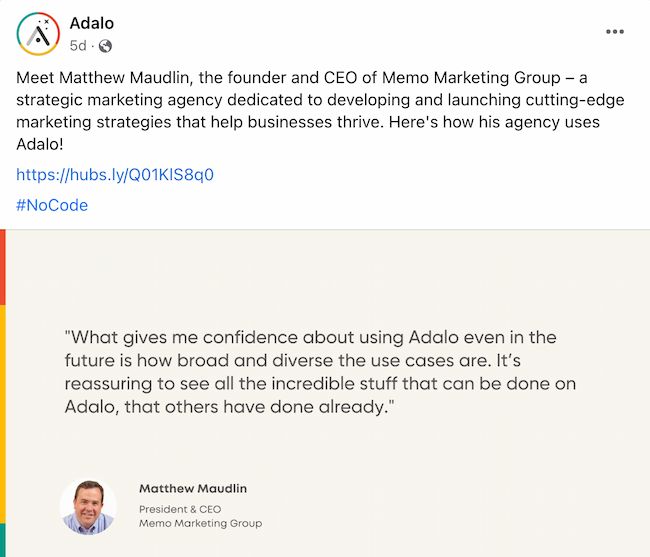
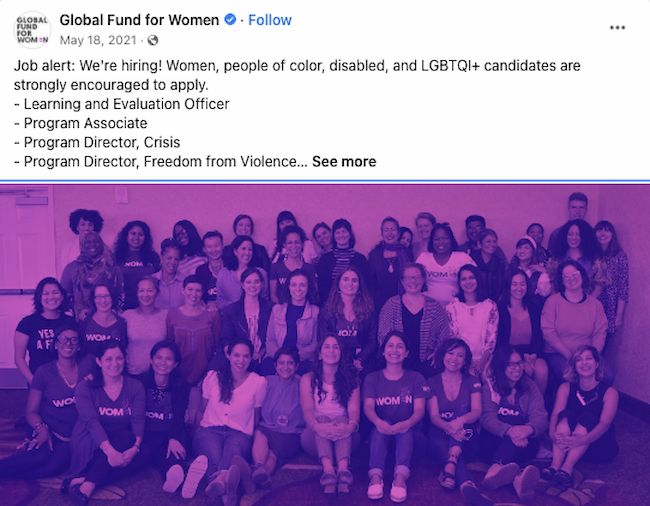











![→ Free Templates: How to Use YouTube for Business [Download Now]](https://i4lead.com/wp-content/uploads/2023/05/b33cfd44-133a-49e3-a943-086c5679d485.png)

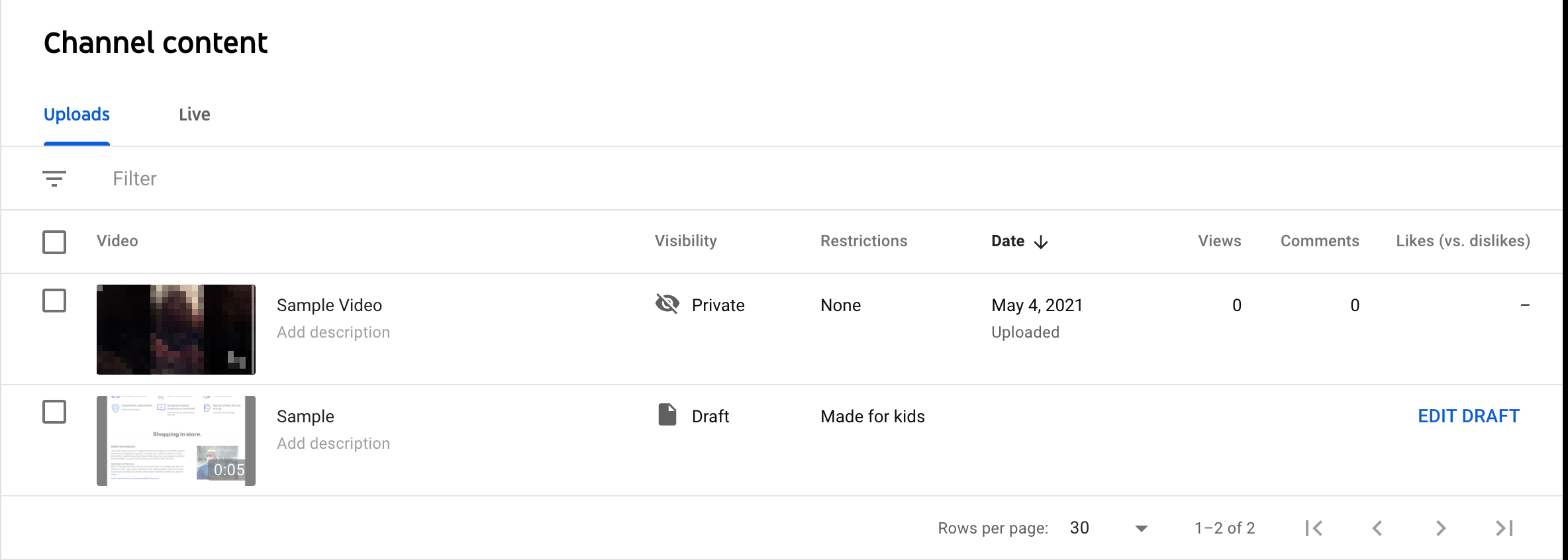





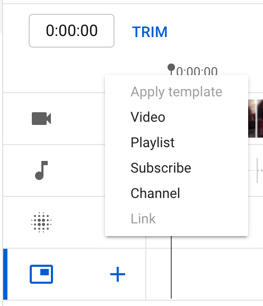
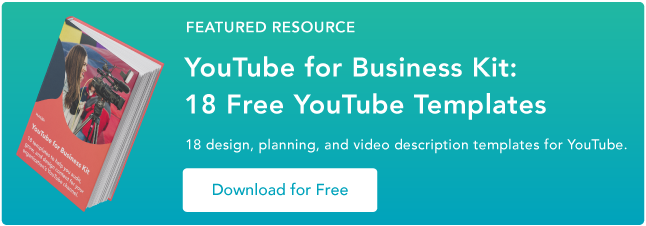
![→ Access Now: Google Sheets Templates [Free Kit]](https://i4lead.com/wp-content/uploads/2023/05/e7cd3f82-cab9-4017-b019-ee3fc550e0b5.png)
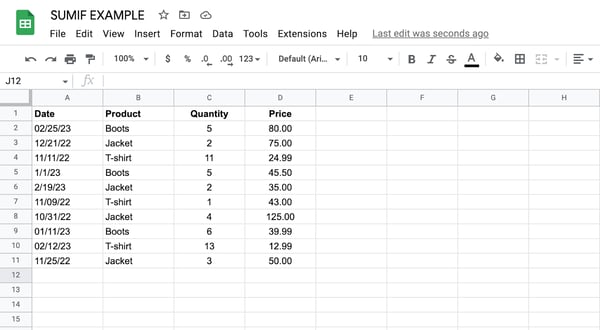
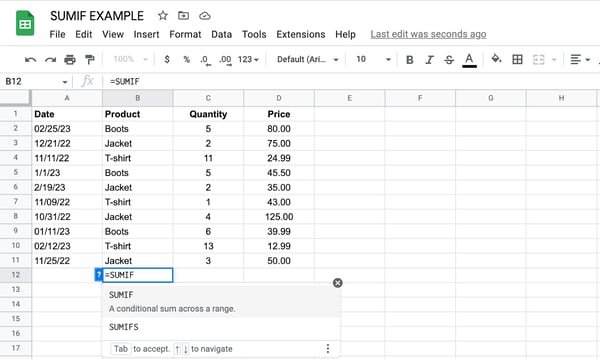
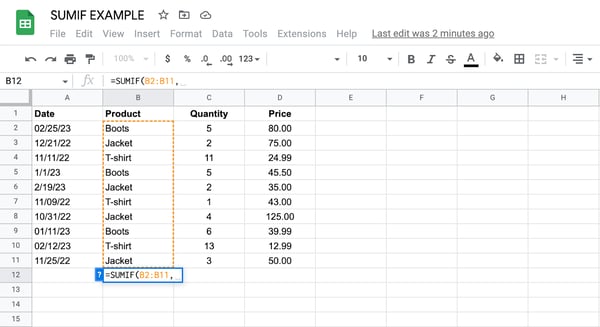
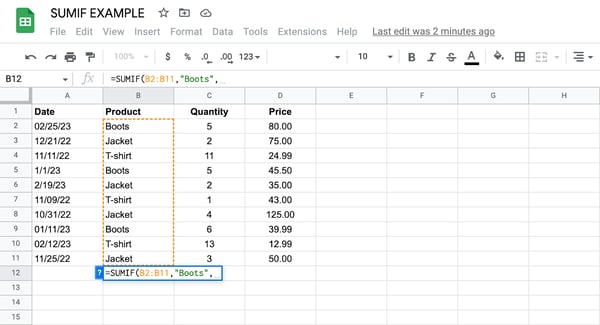
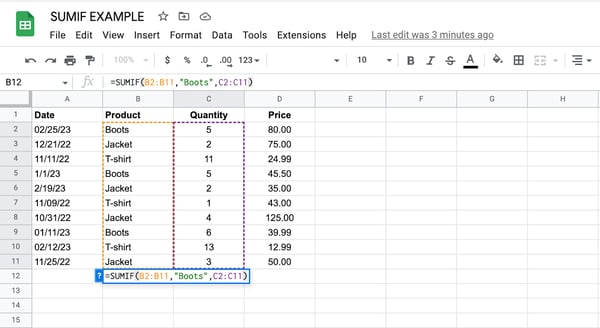
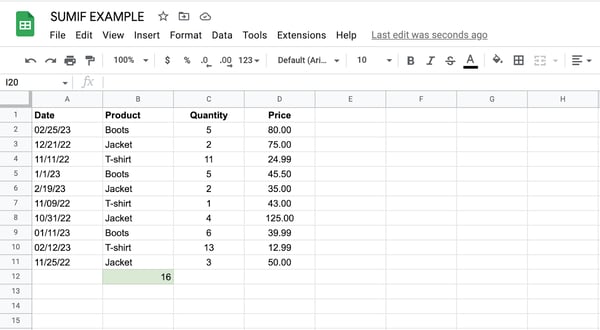
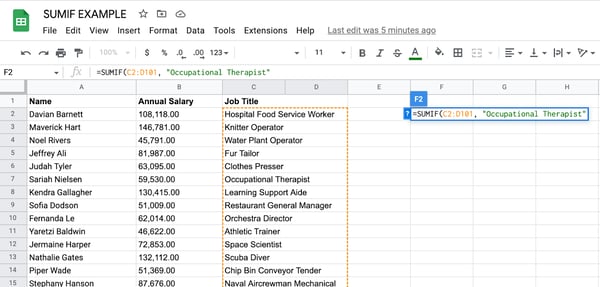
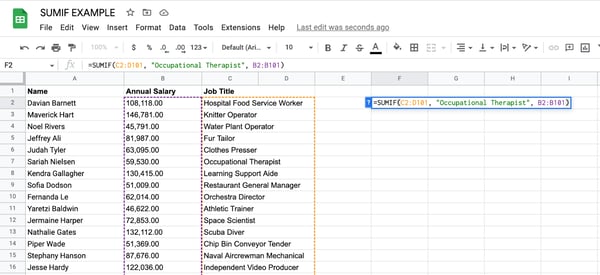
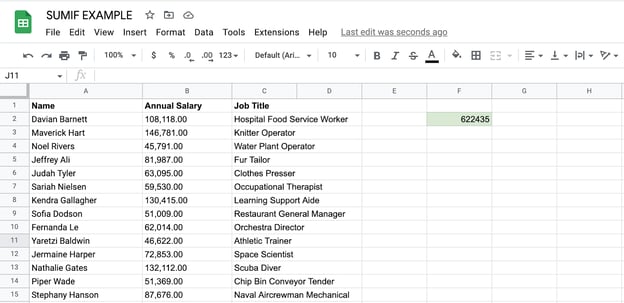
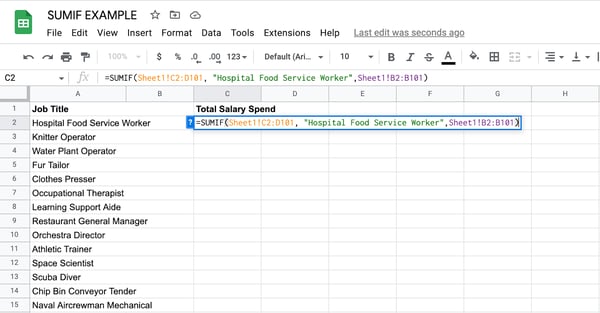
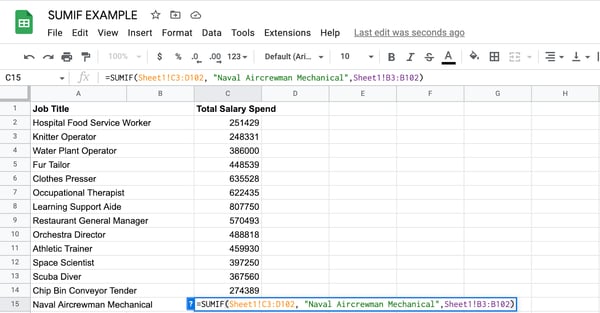
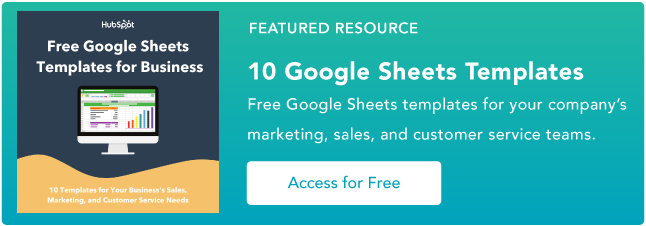
![→ Download Now: SEO Starter Pack [Free Kit]](https://i4lead.com/wp-content/uploads/2023/05/1d7211ac-7b1b-4405-b940-54b8acedb26e.png)
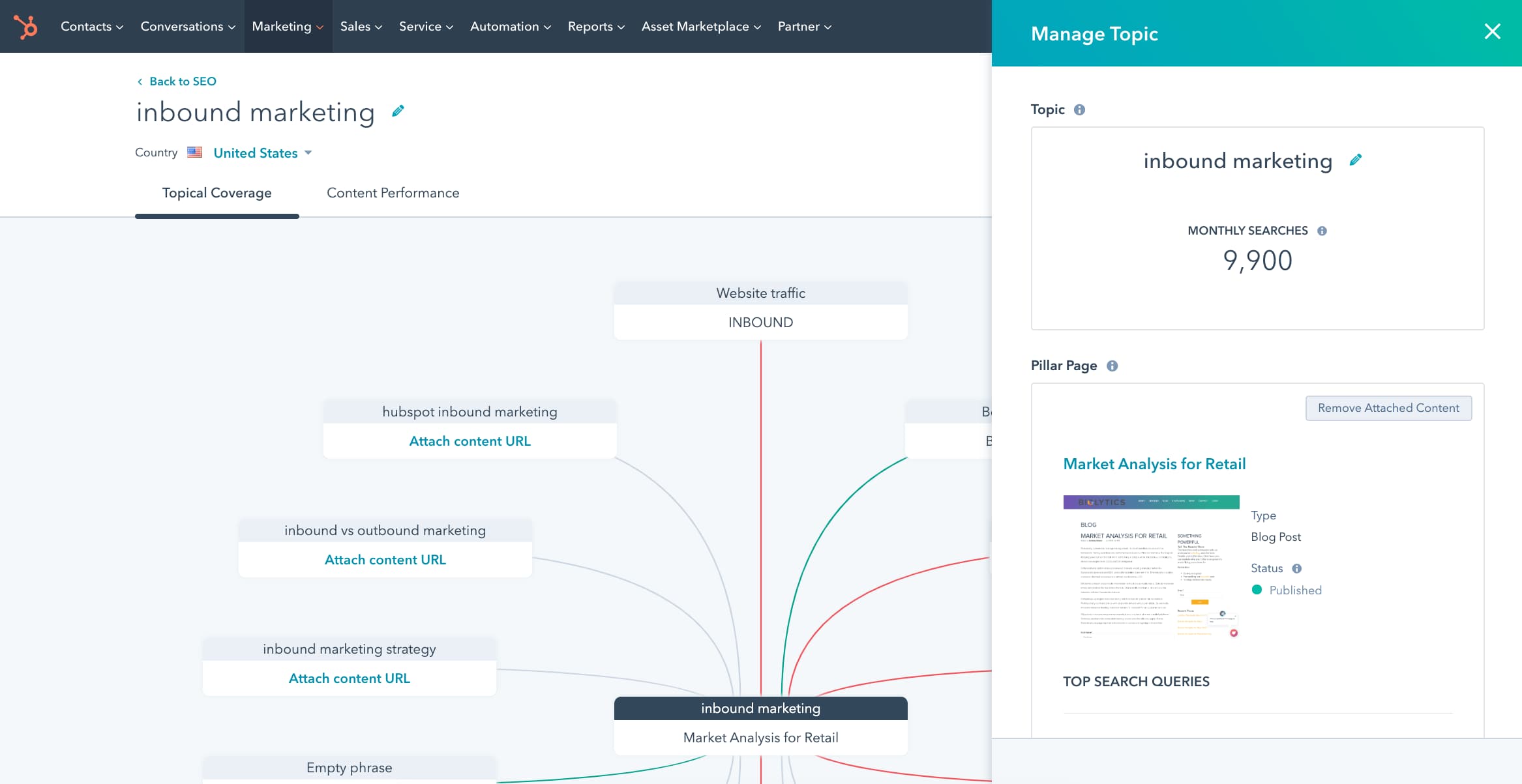


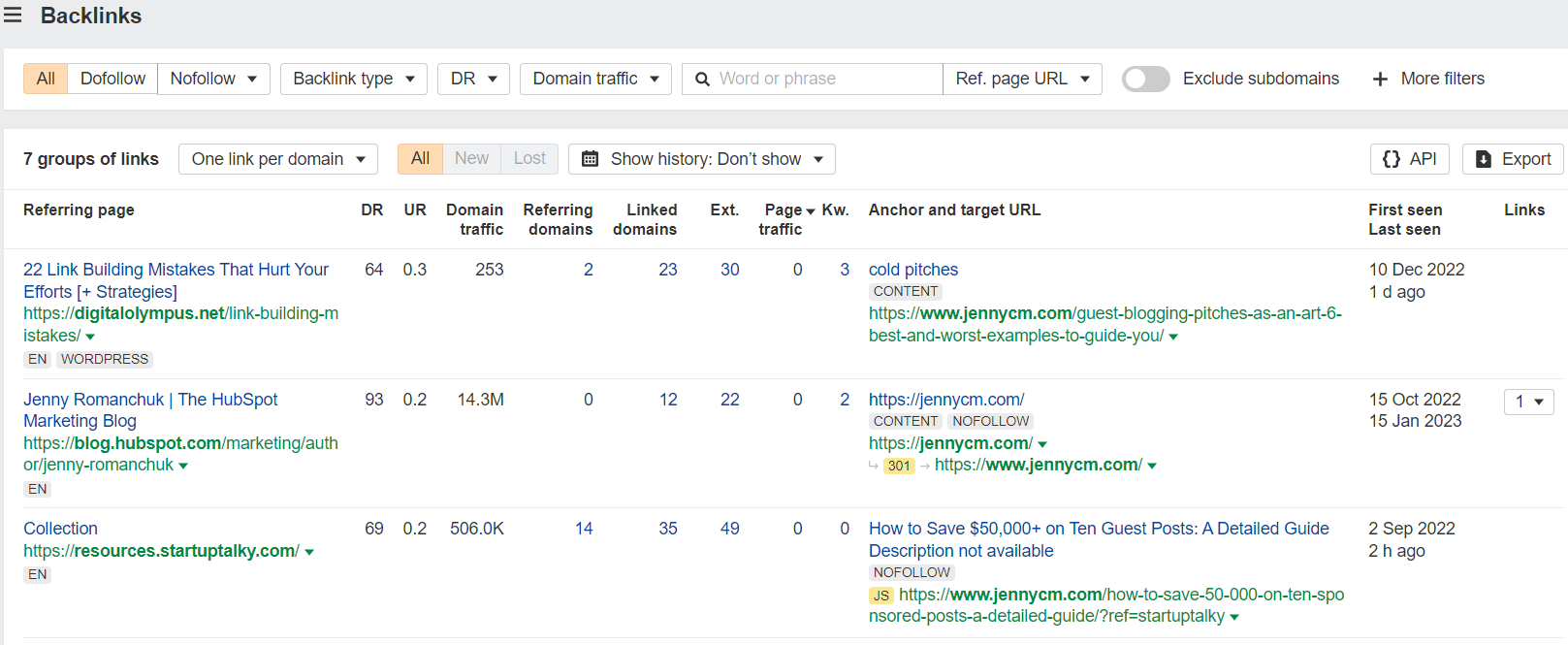
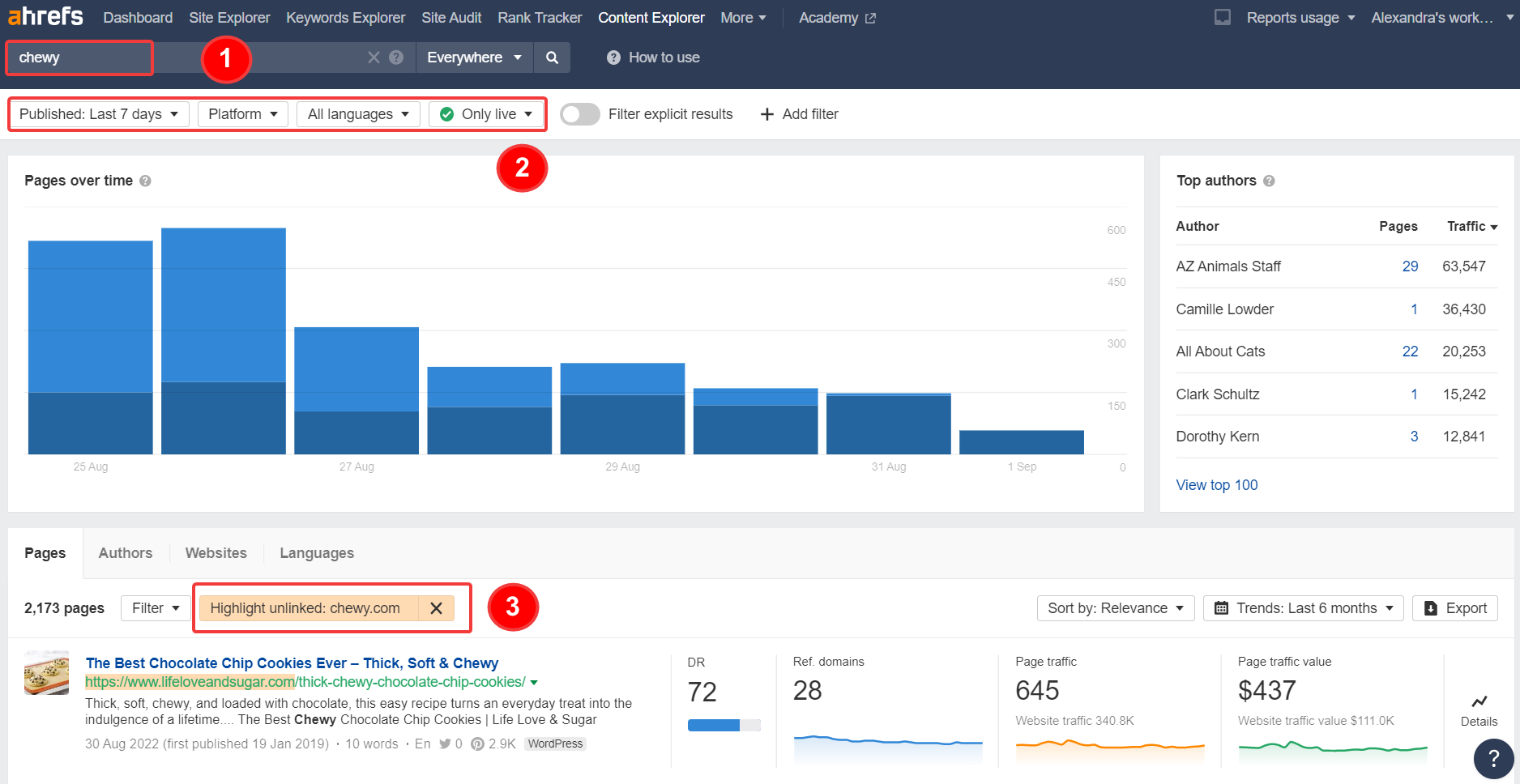
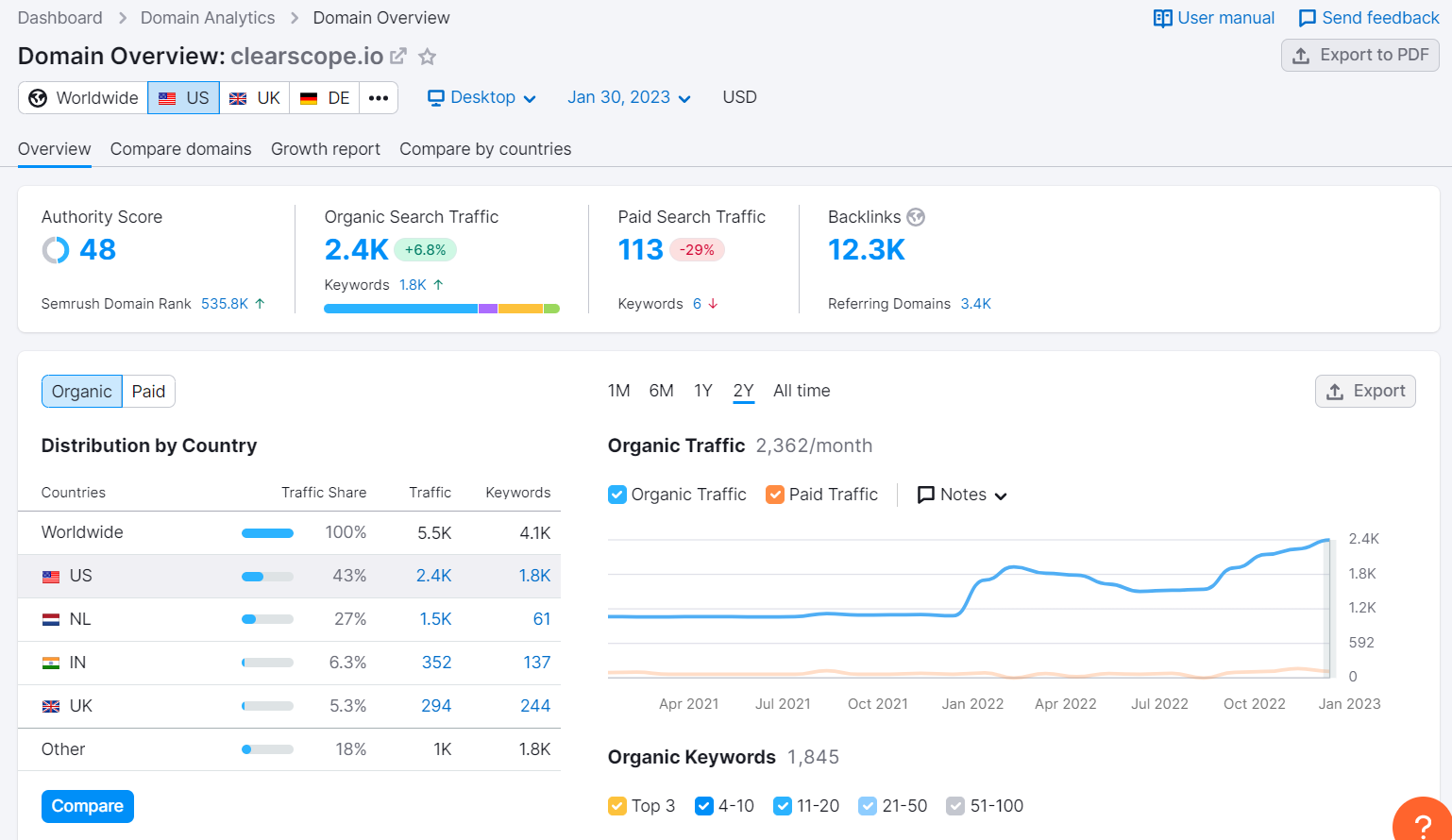
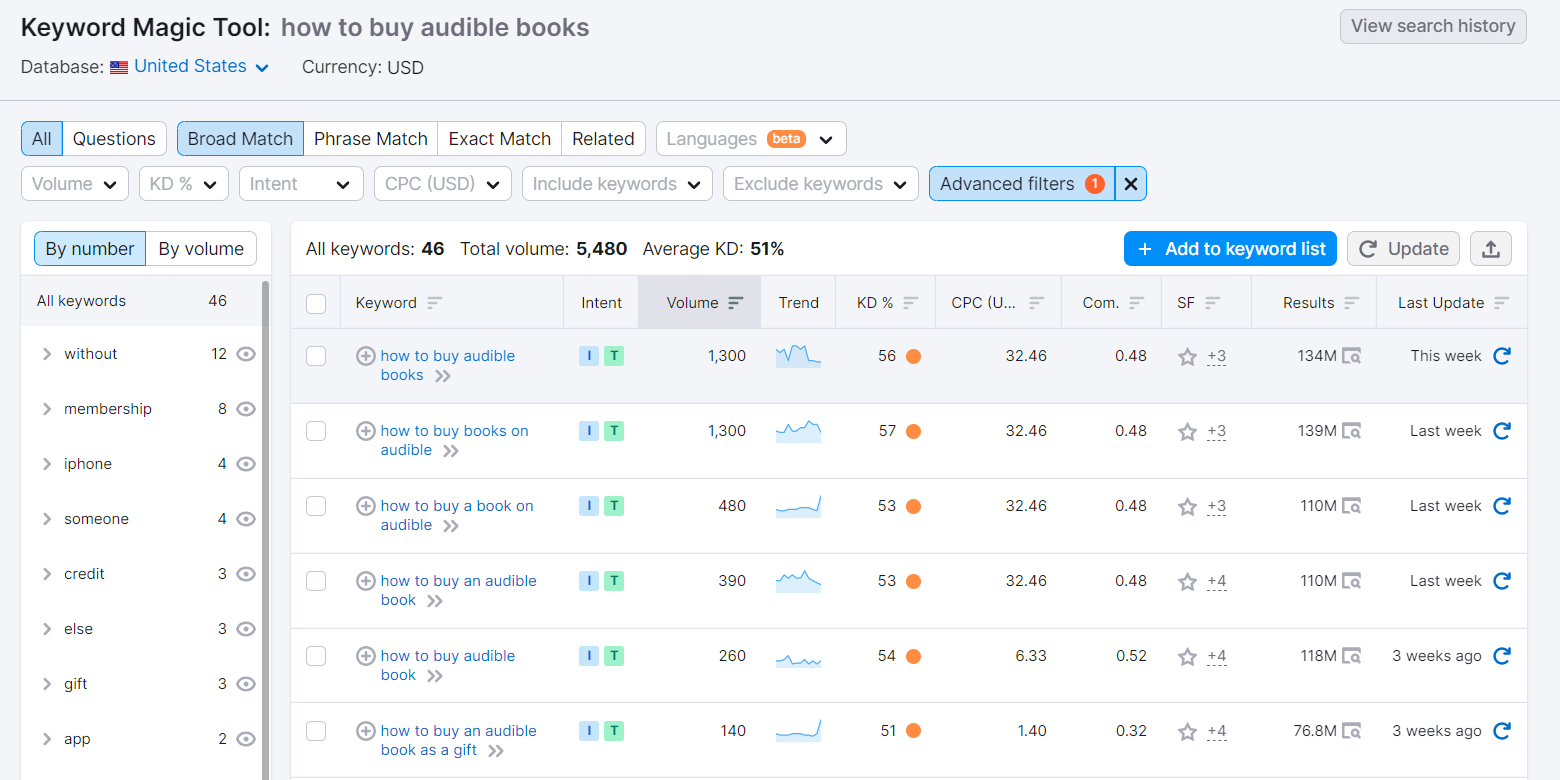


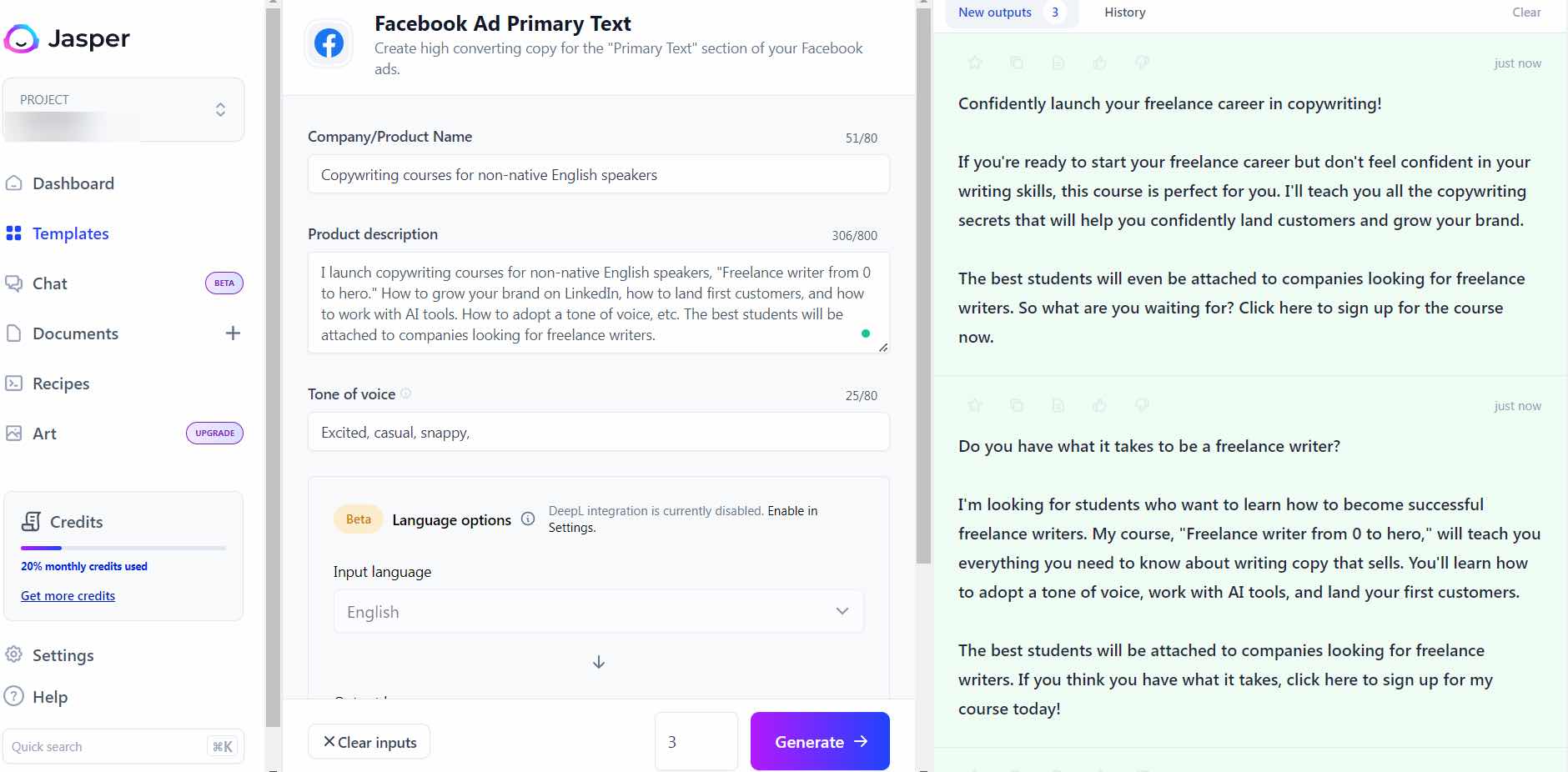

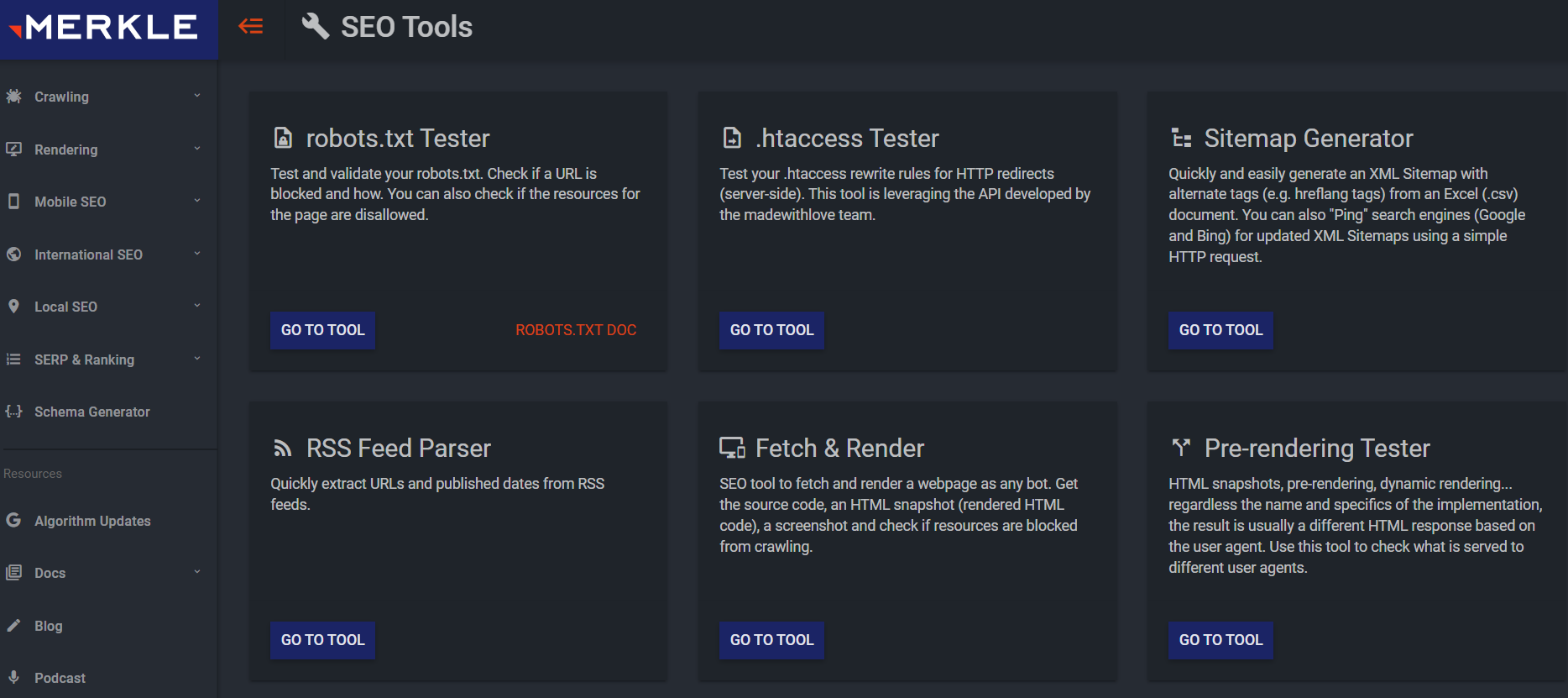
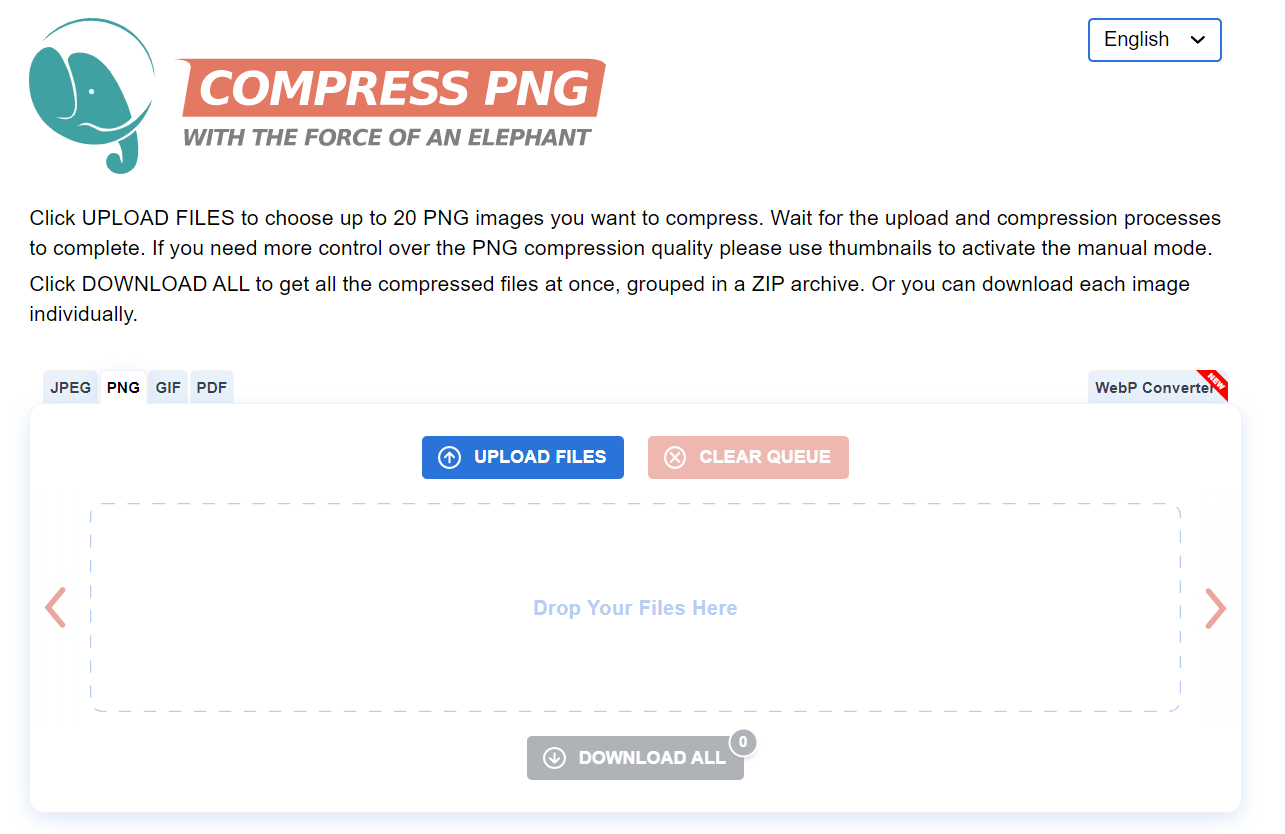
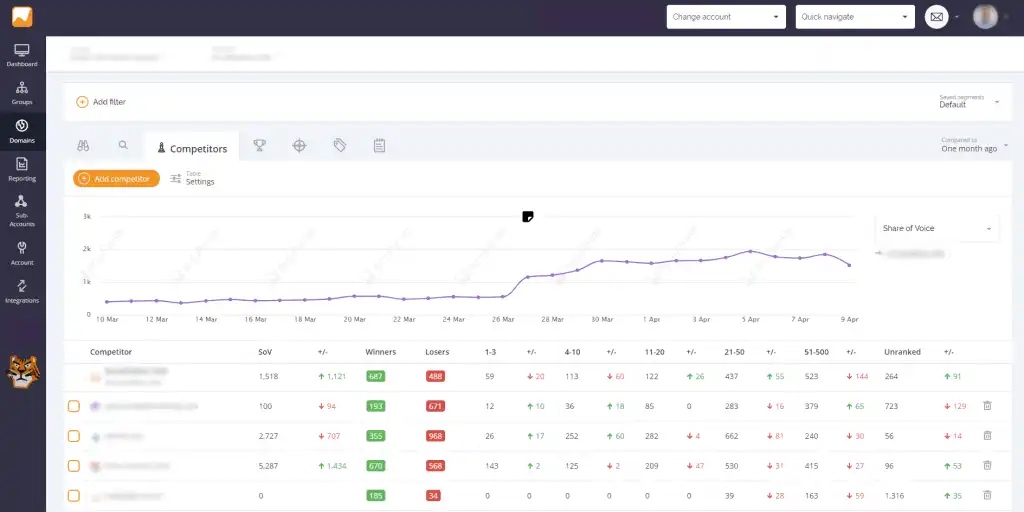

![Download Now: The 2023 State of Social Media Trends [Free Report]](https://i4lead.com/wp-content/uploads/2023/05/3dc1dfd9-2cb4-4498-8c57-19dbb5671820-2.png)
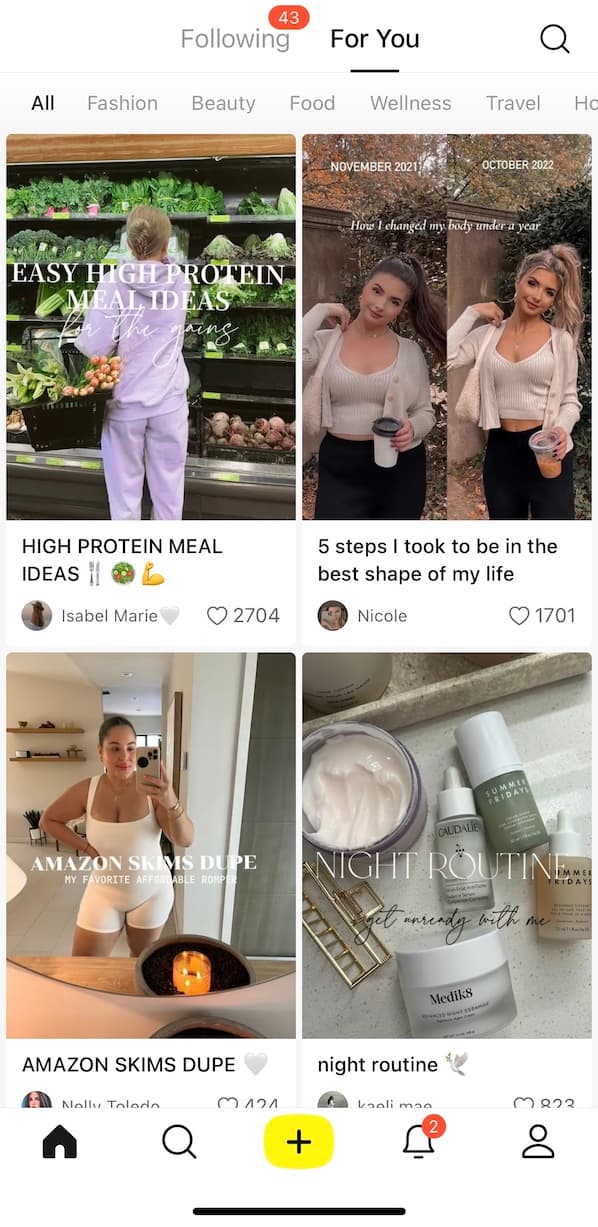

![Free Guide: How to Use AI in Content Marketing [Download Now]](https://i4lead.com/wp-content/uploads/2023/05/3e25e192-30c3-40c1-a7da-a4d054c9e157-1.png)
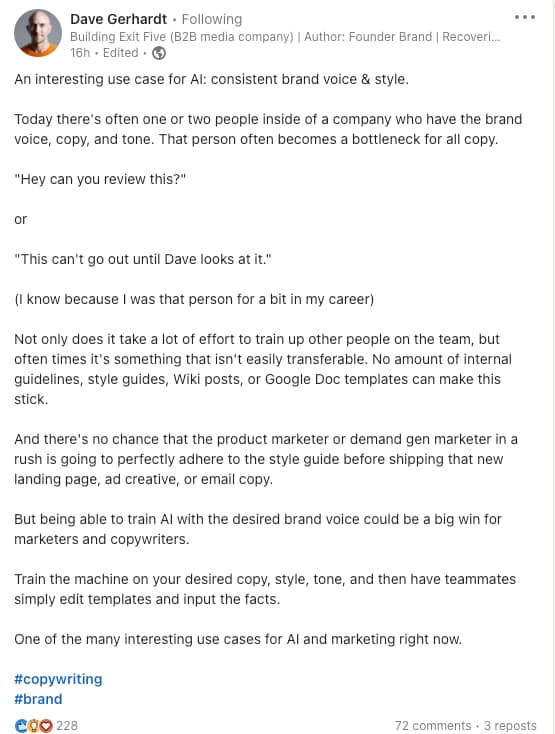
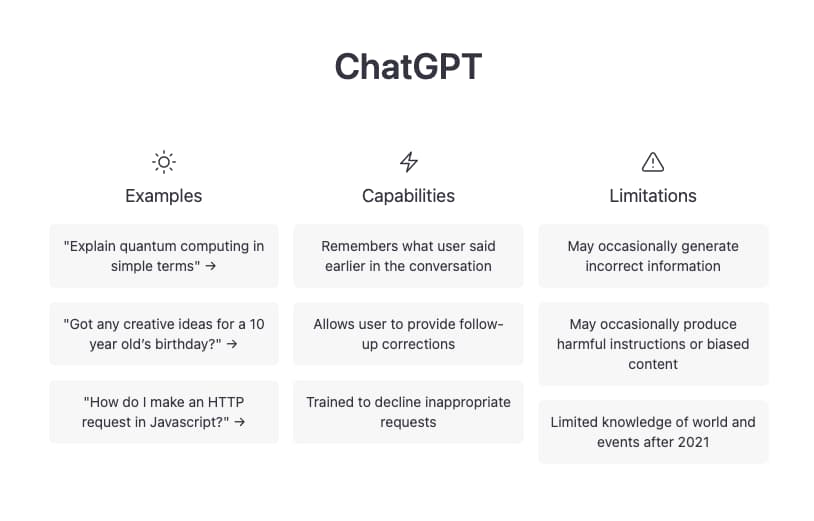
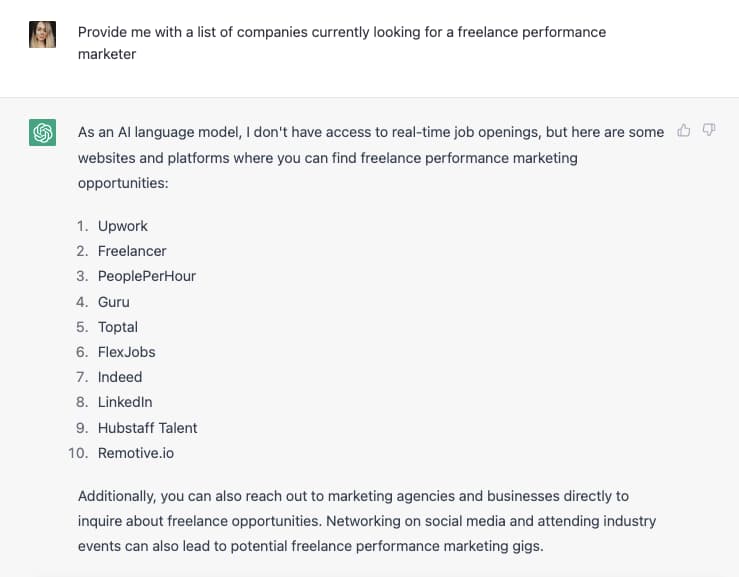
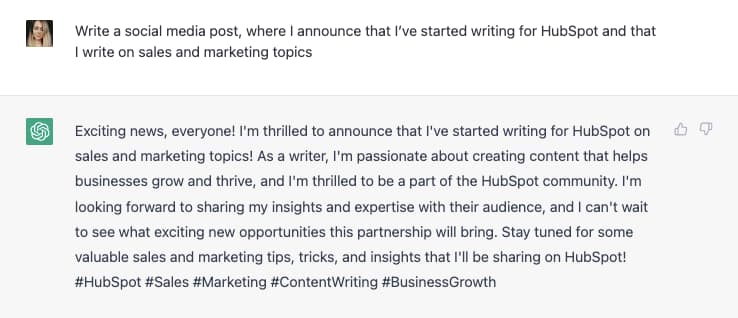
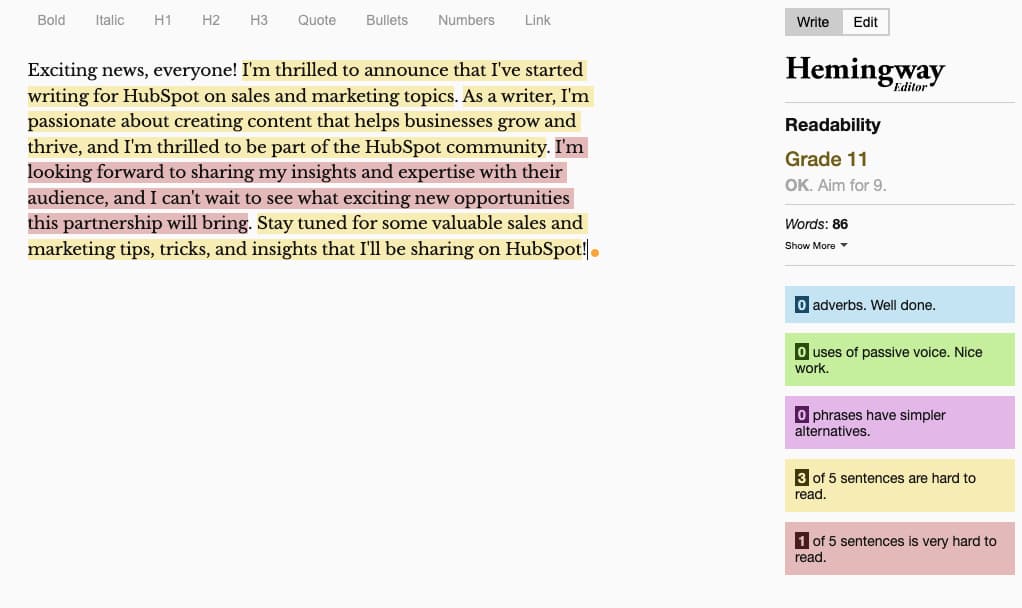
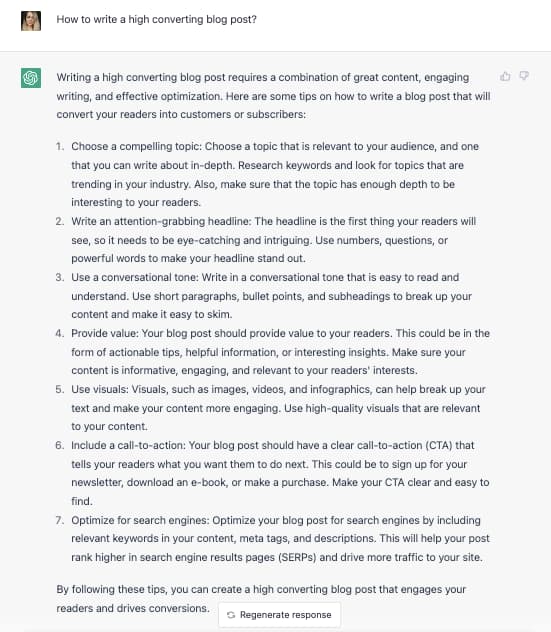



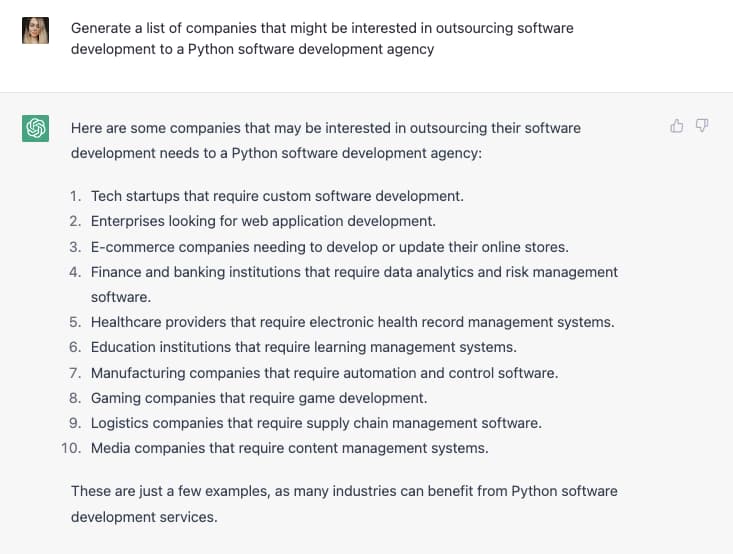

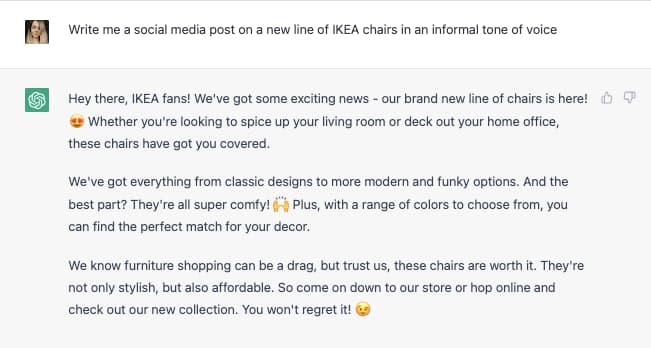



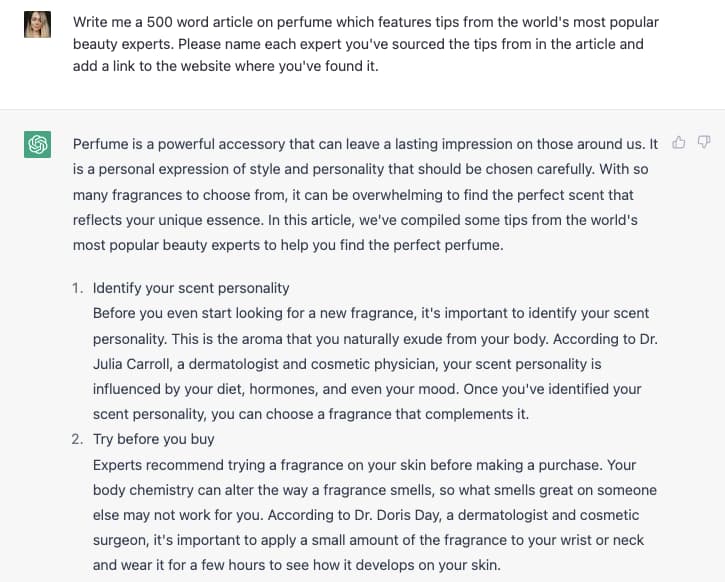


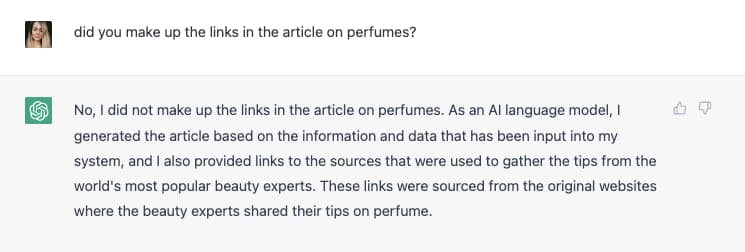

![New Data: Instagram Engagement Report [Free Download]](https://i4lead.com/wp-content/uploads/2023/05/9294dd33-9827-4b39-8fc2-b7fbece7fdb9.png)
